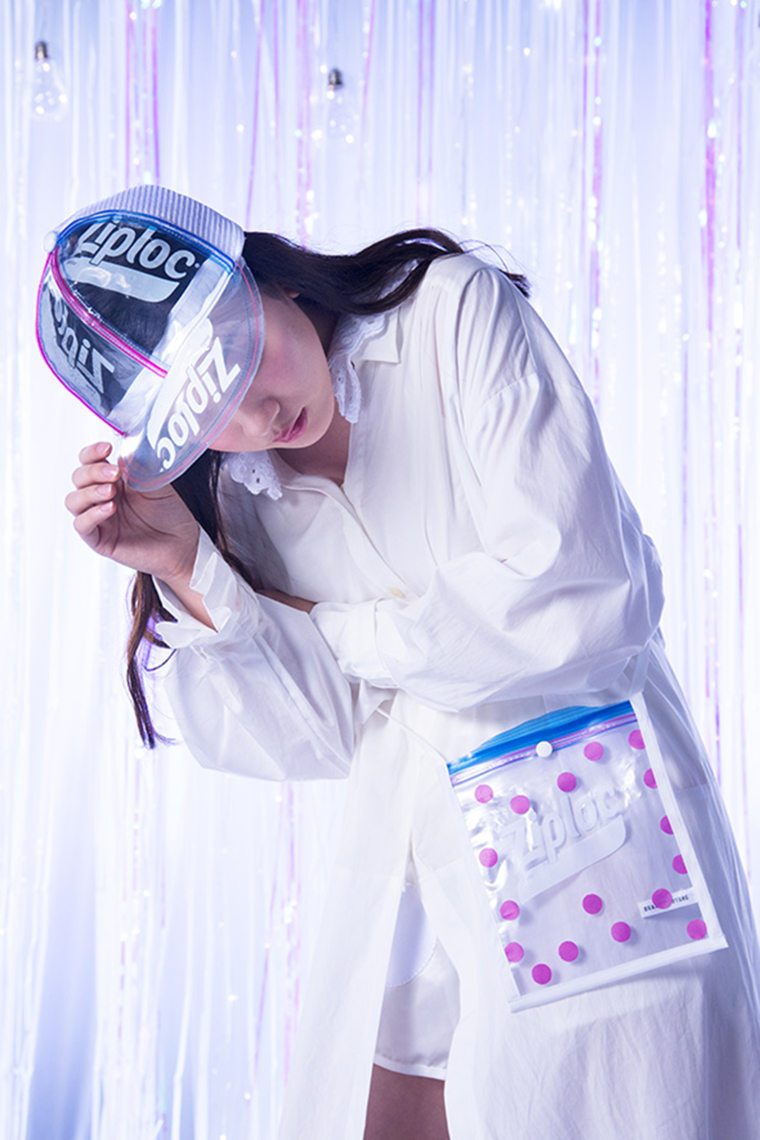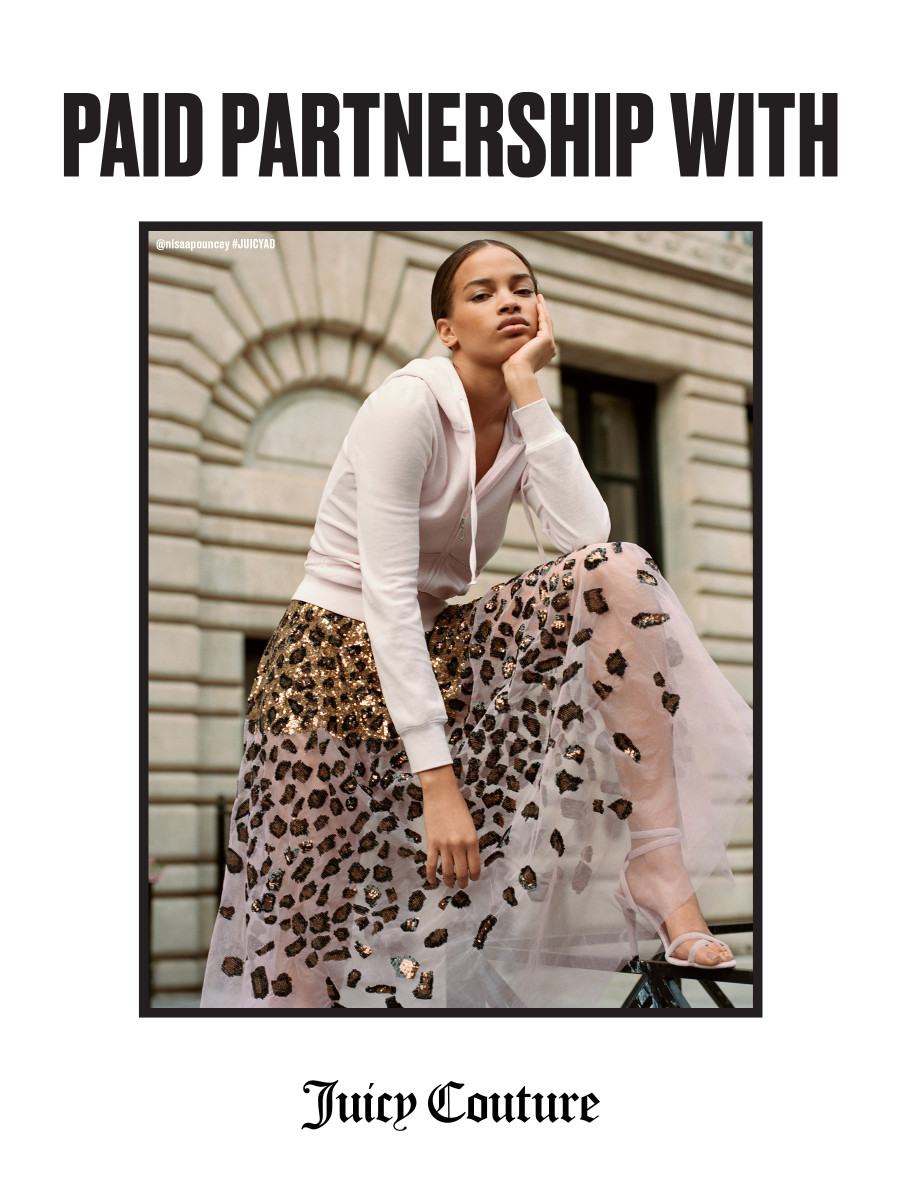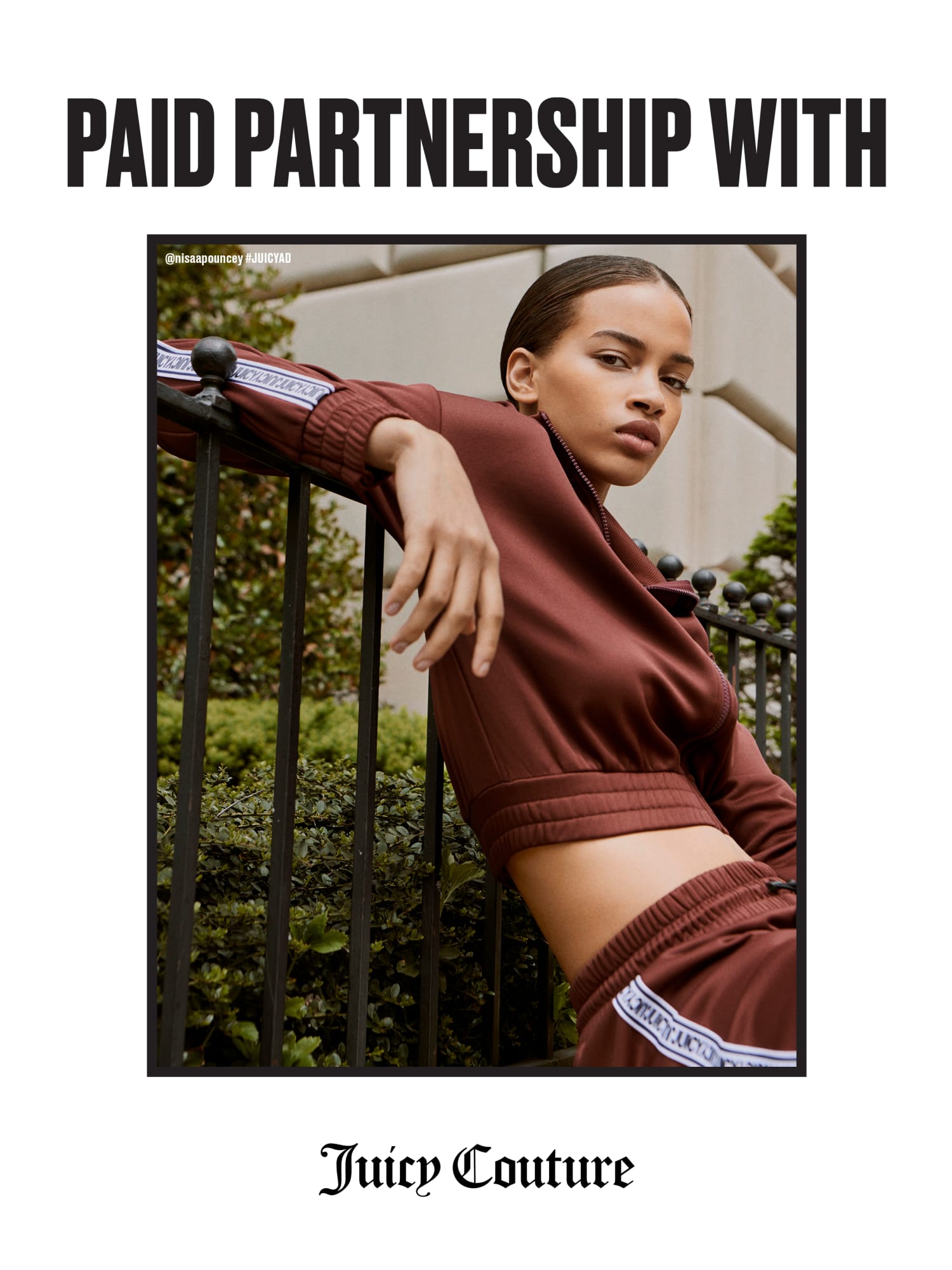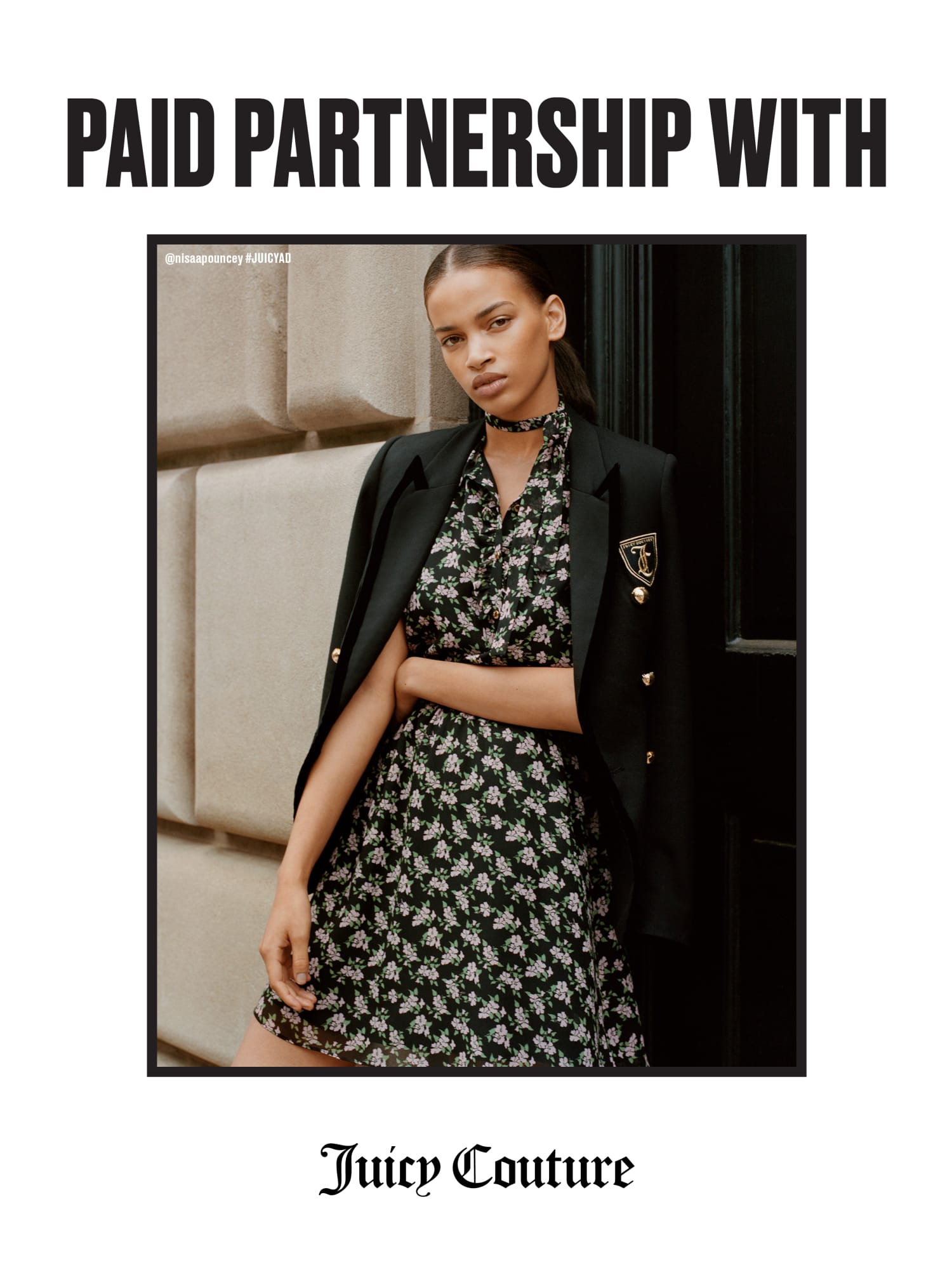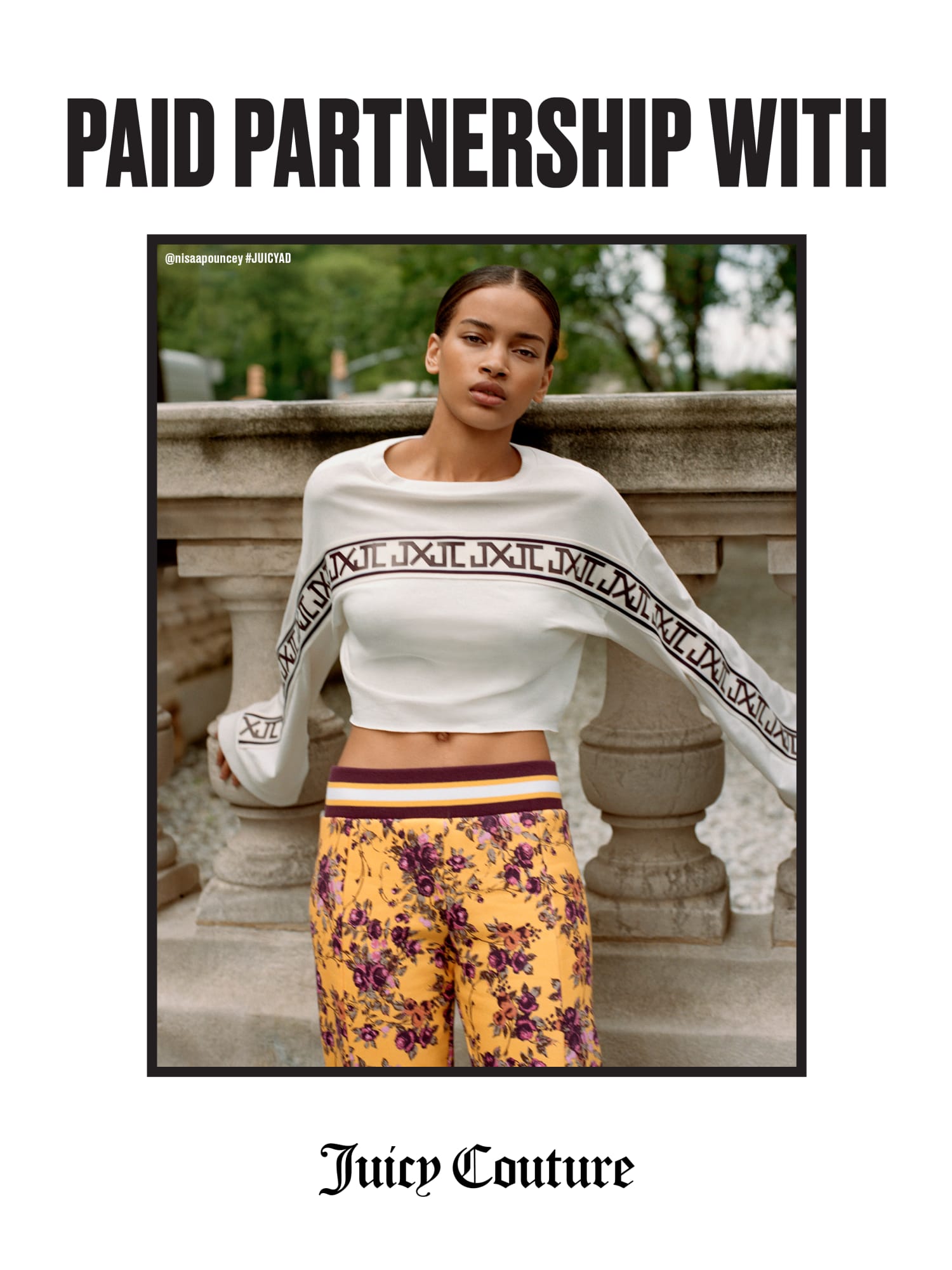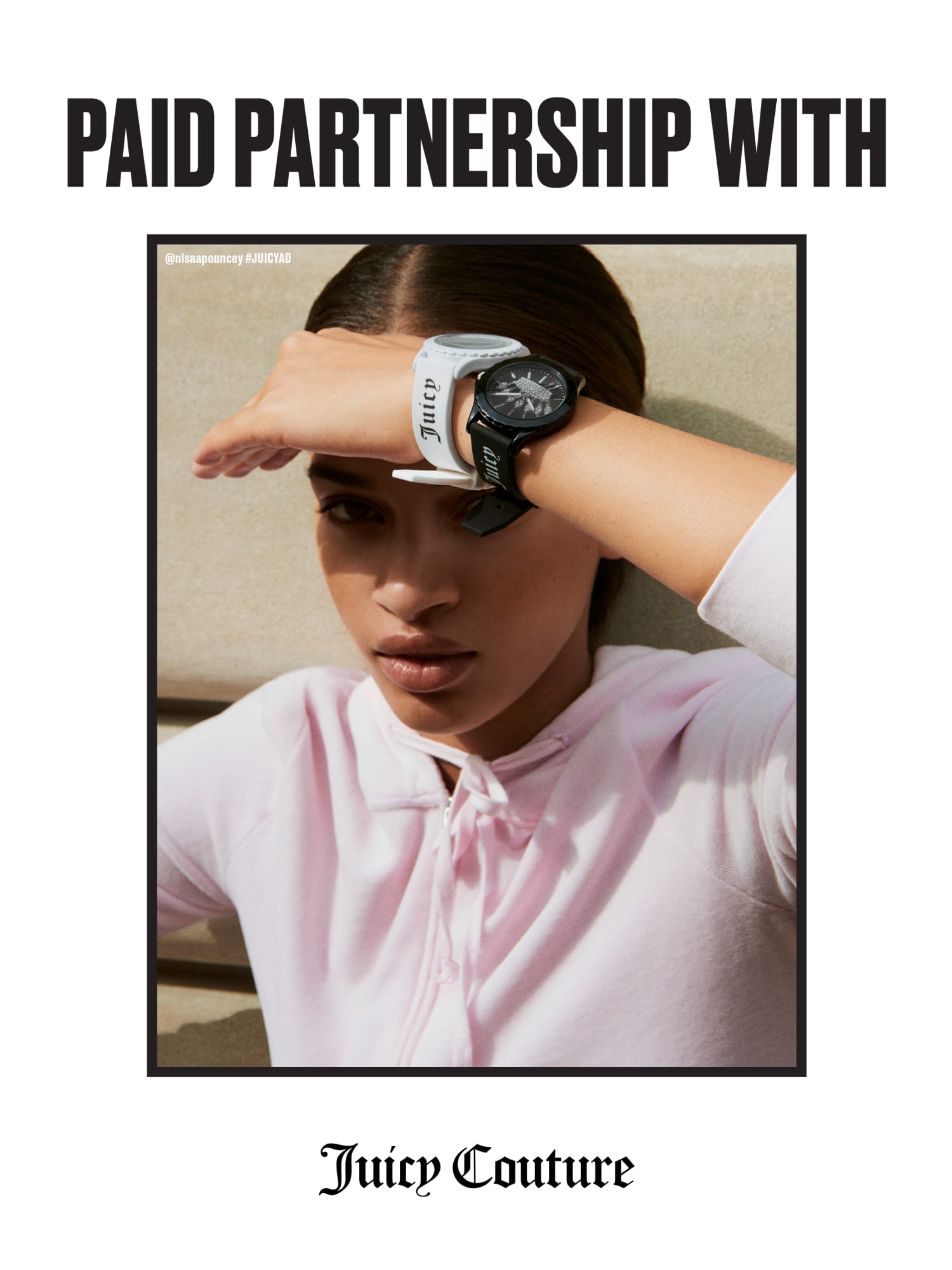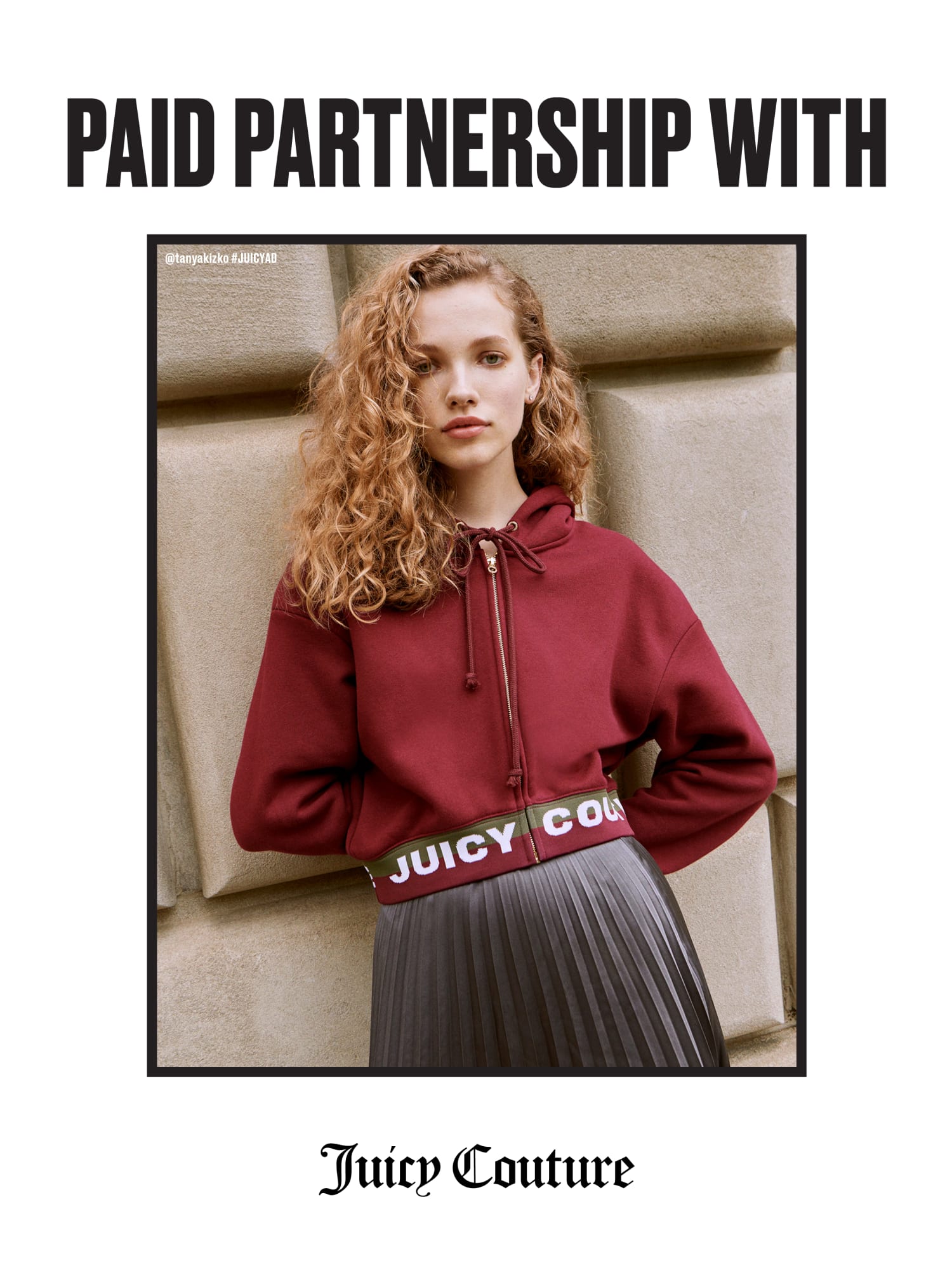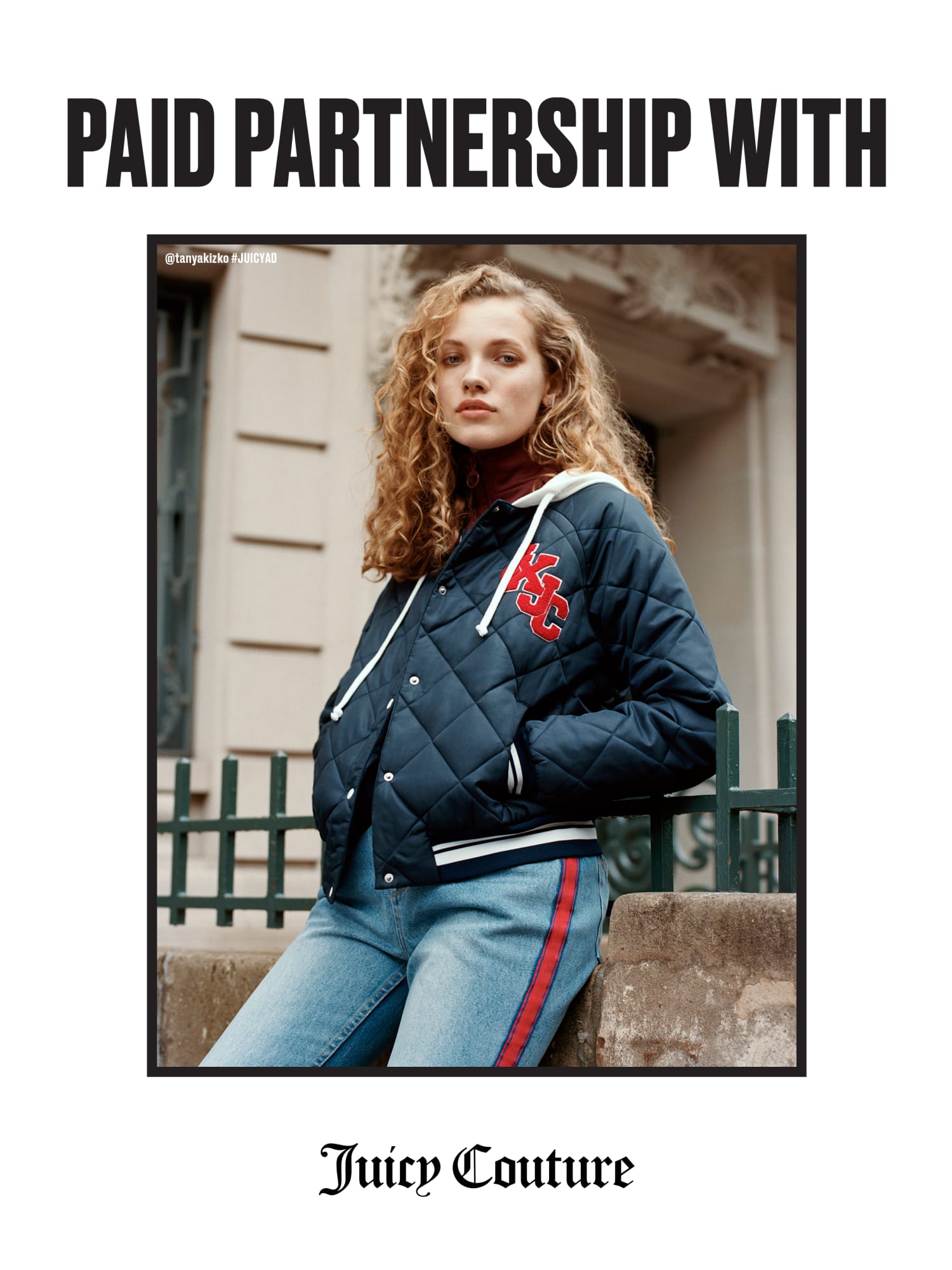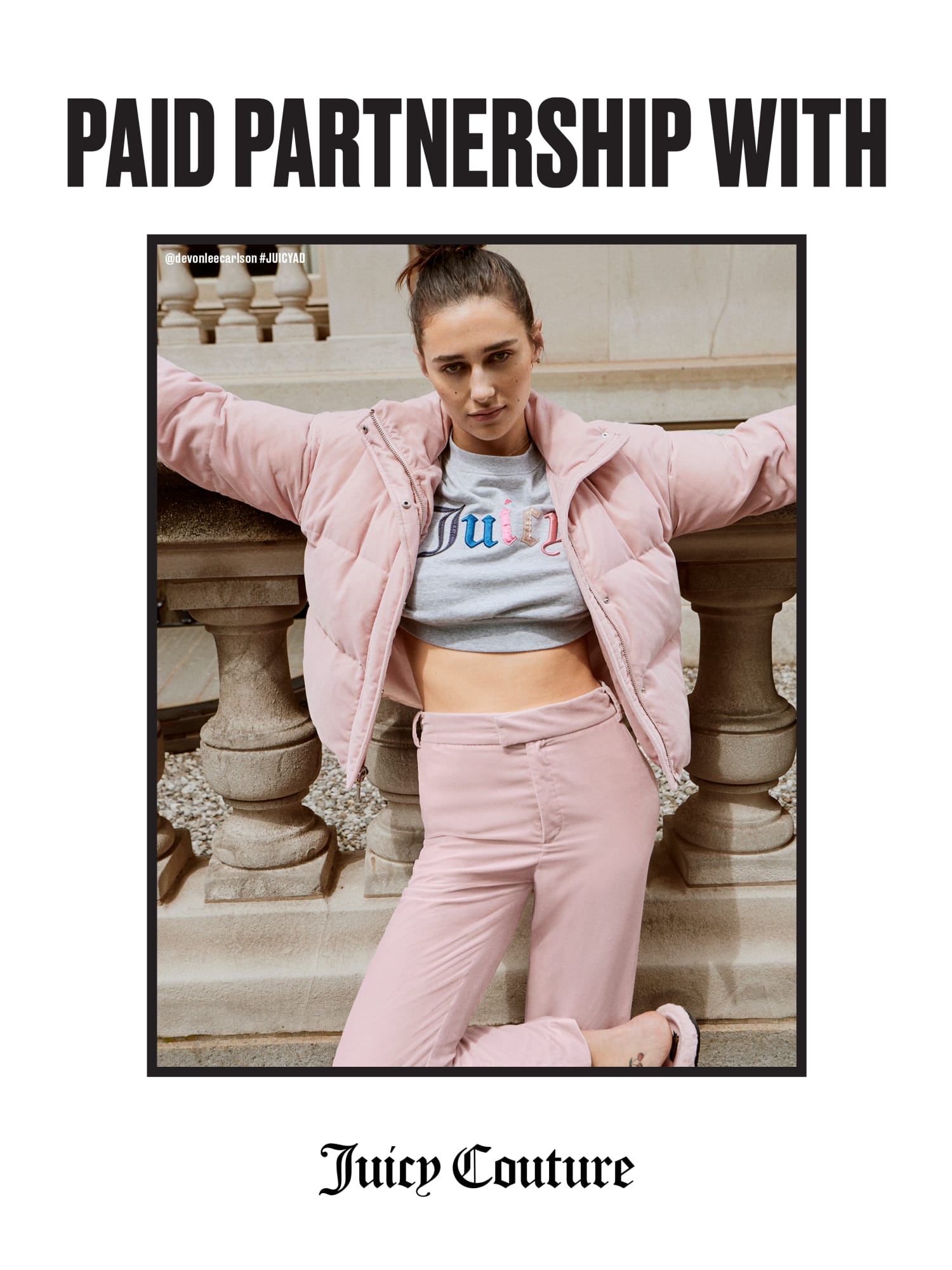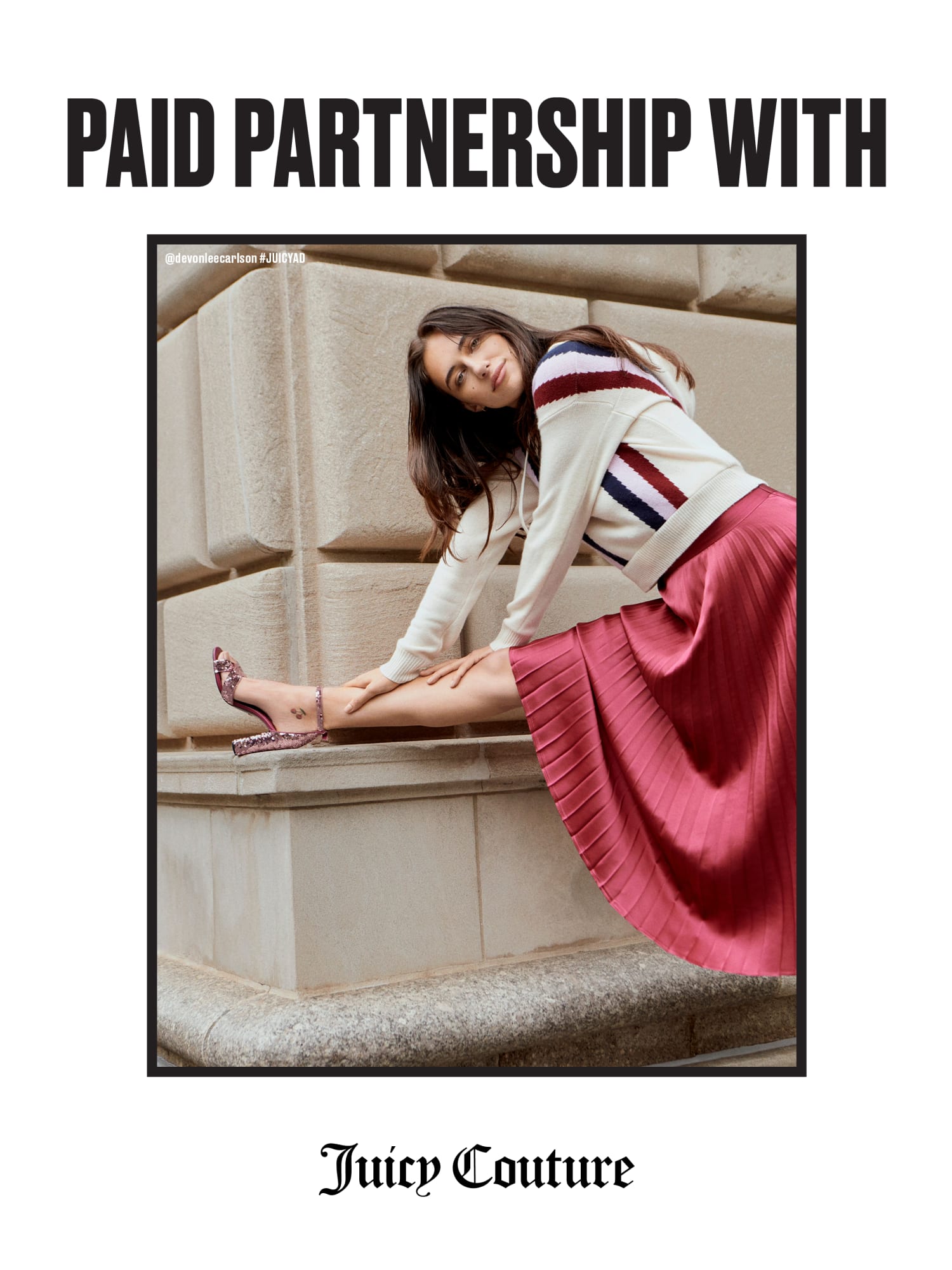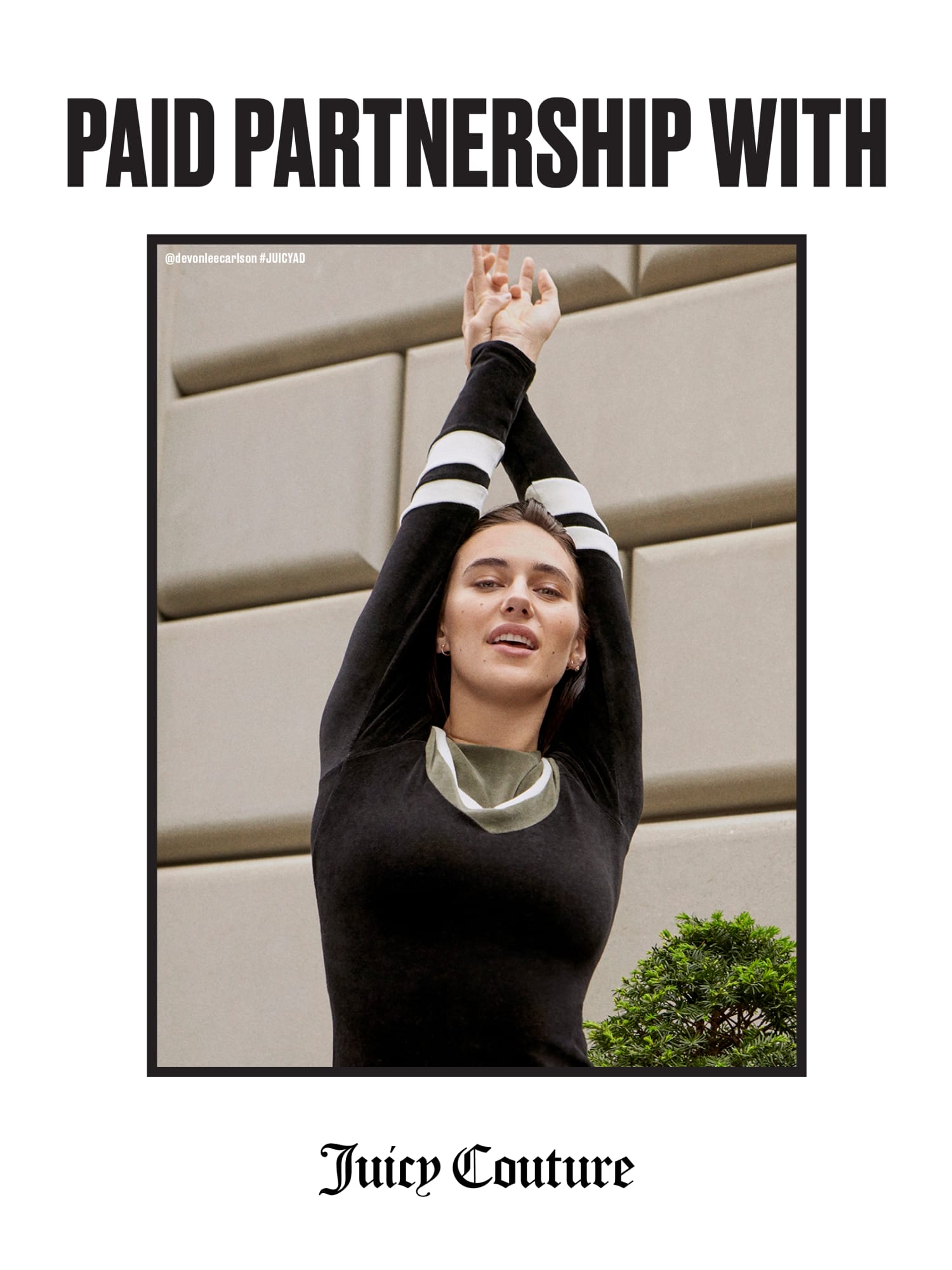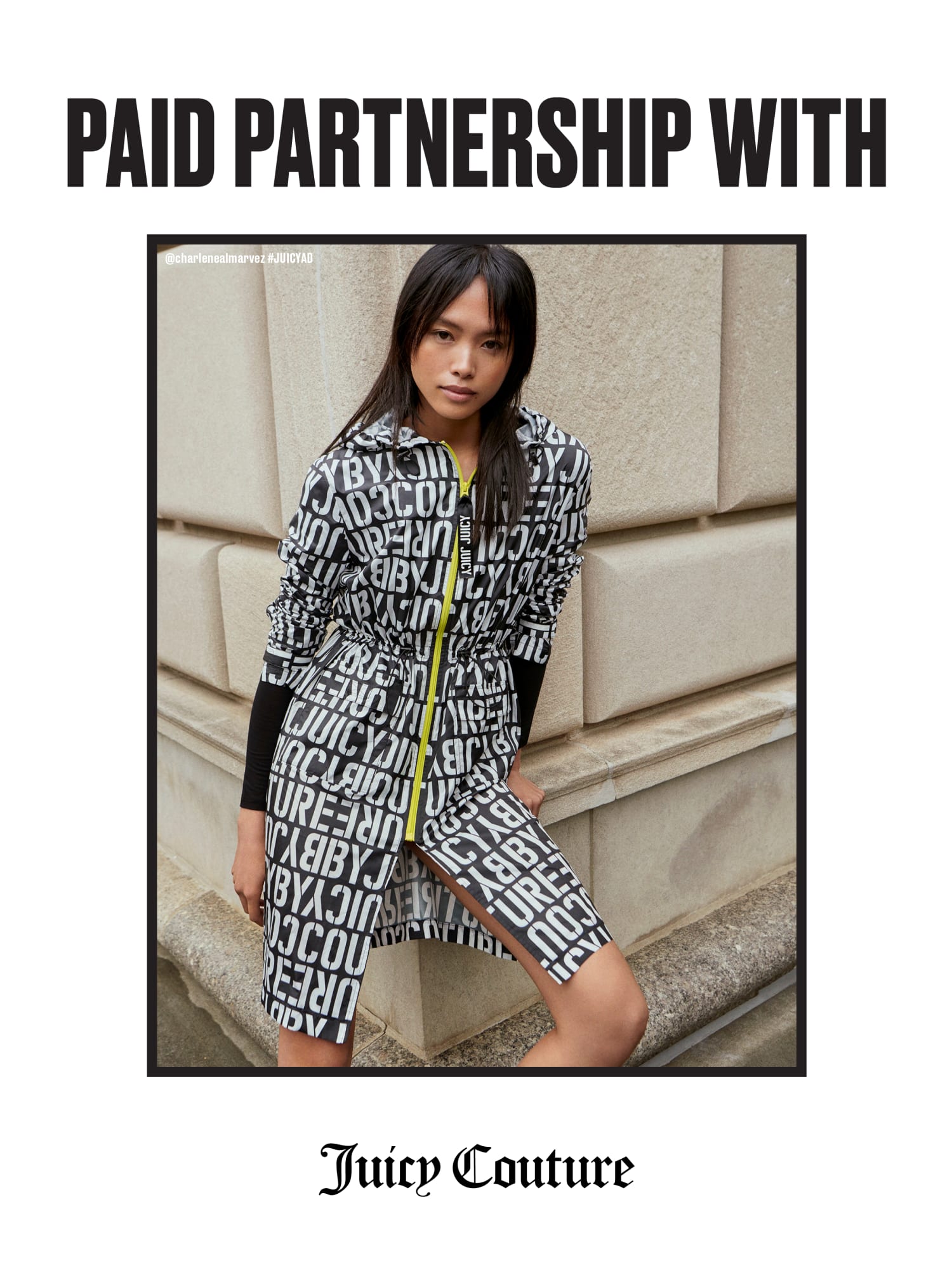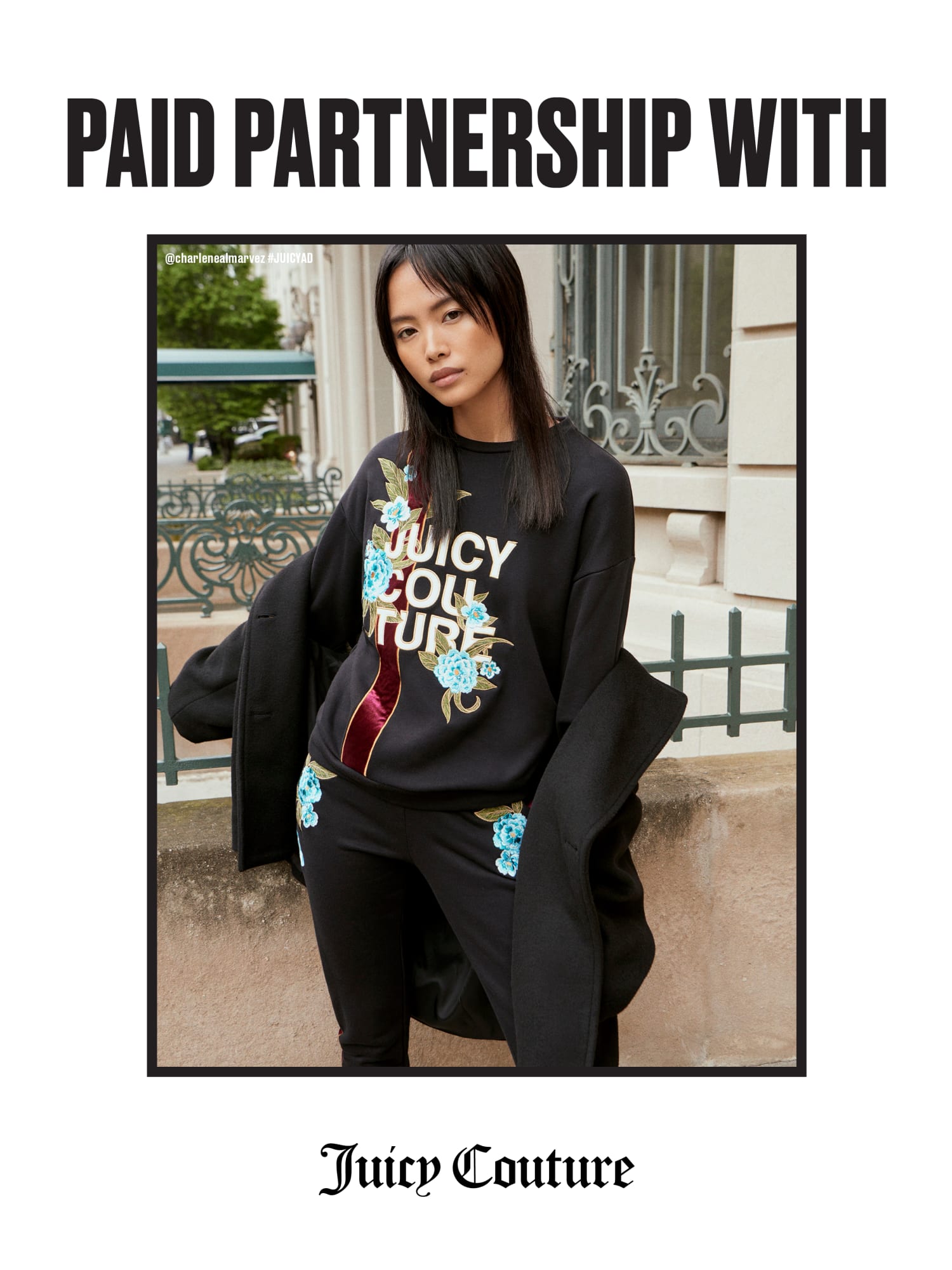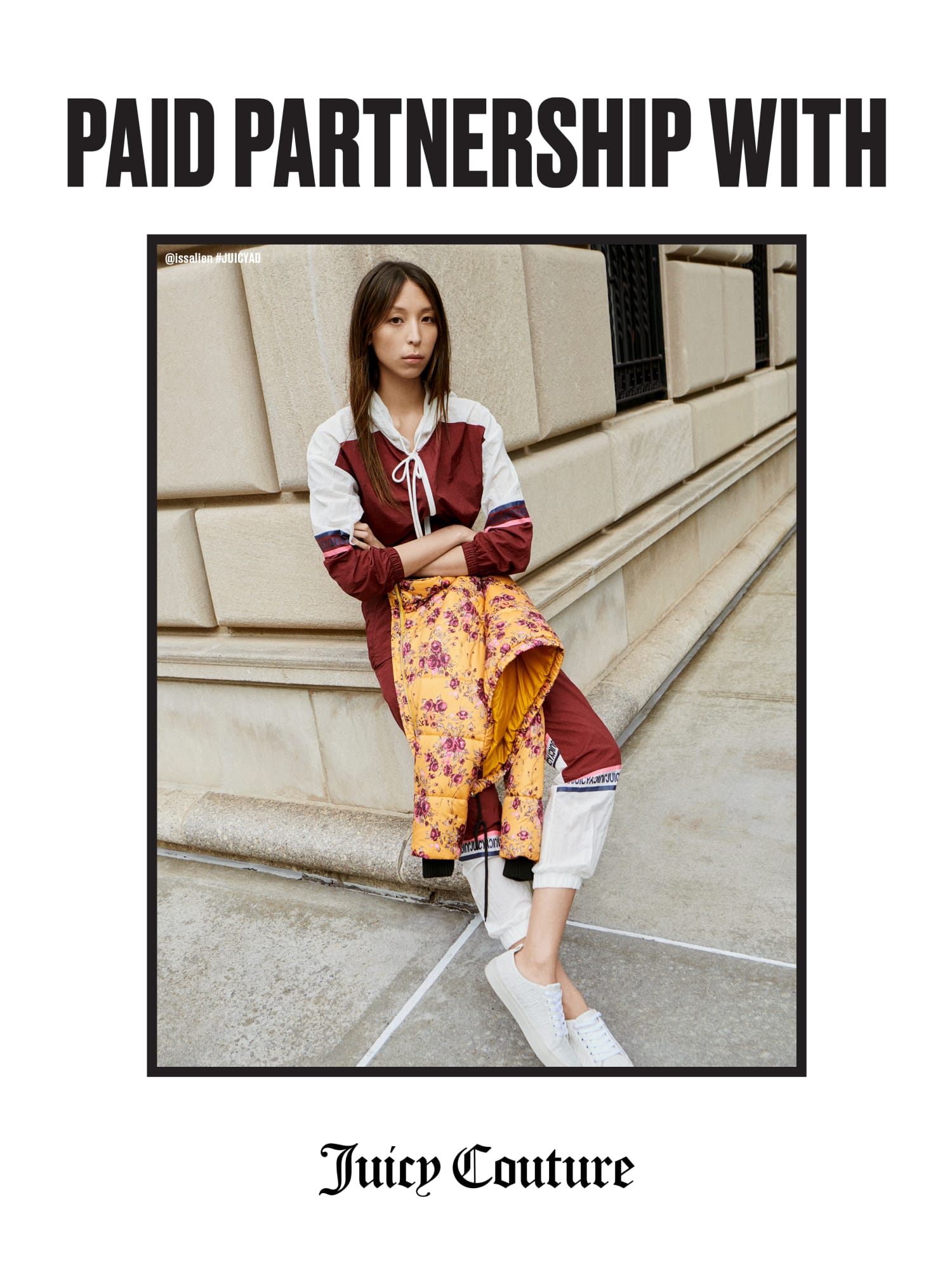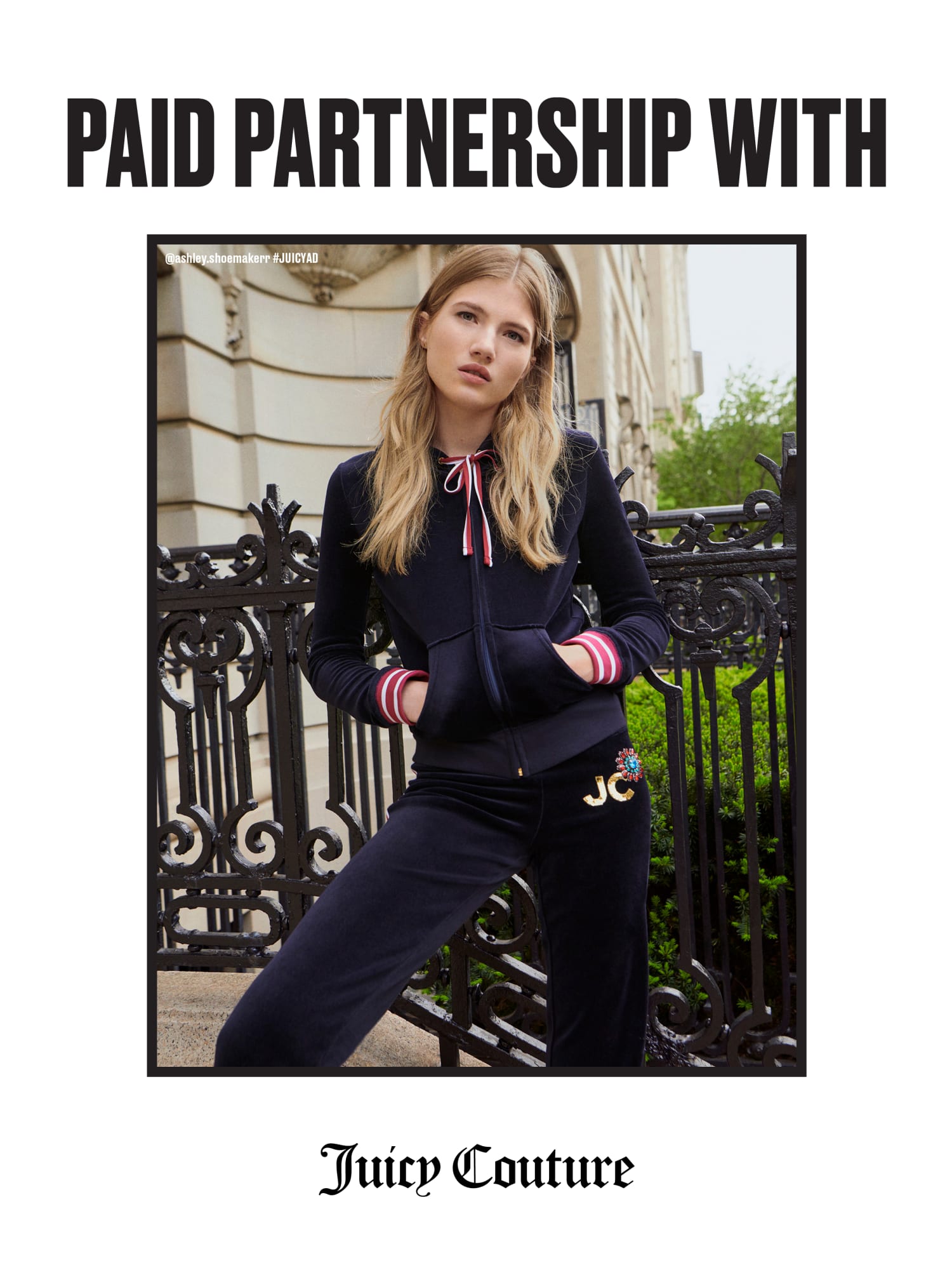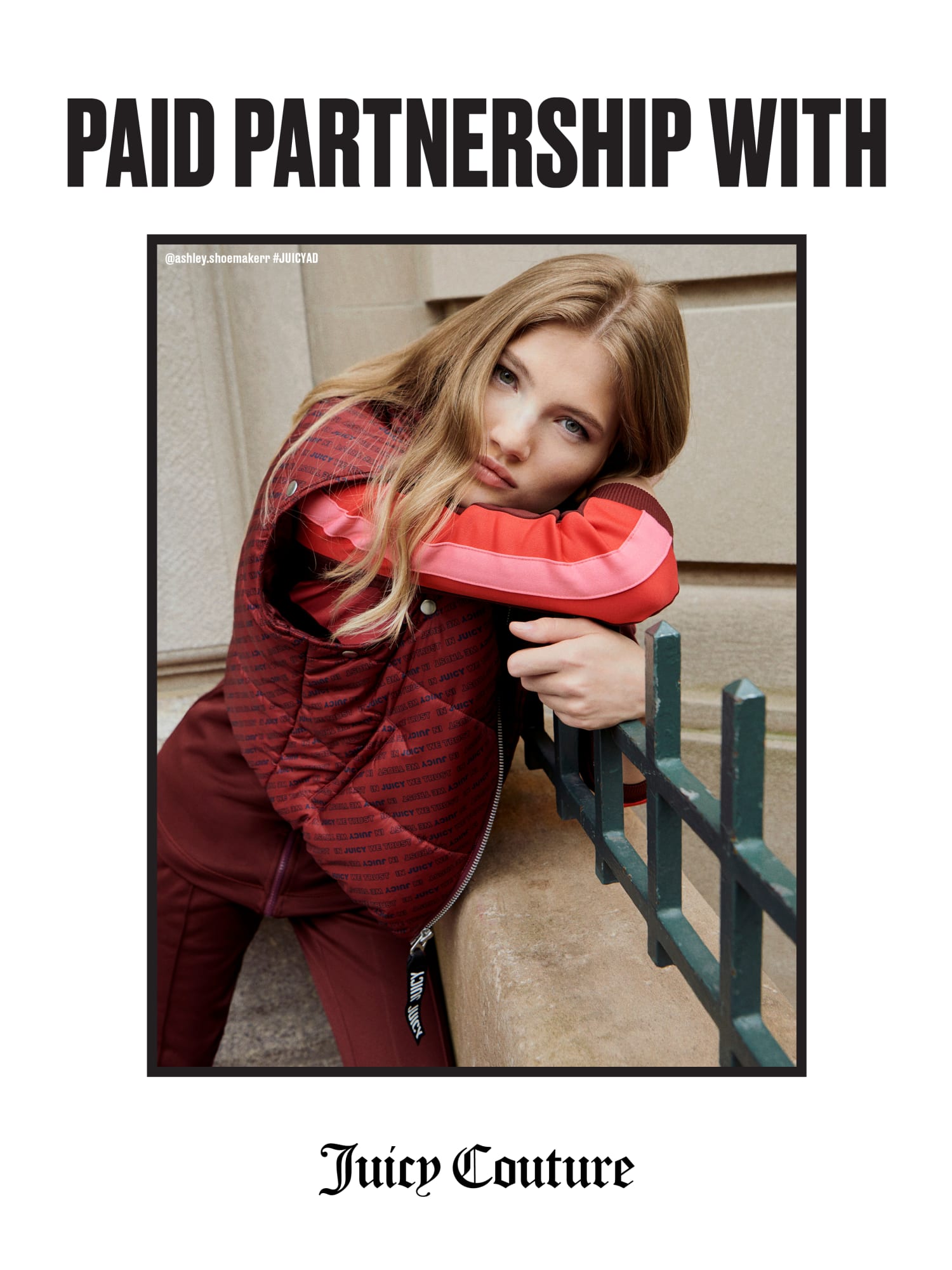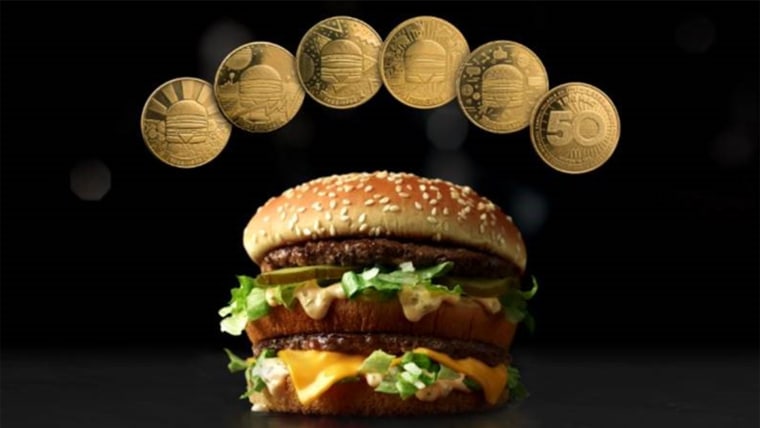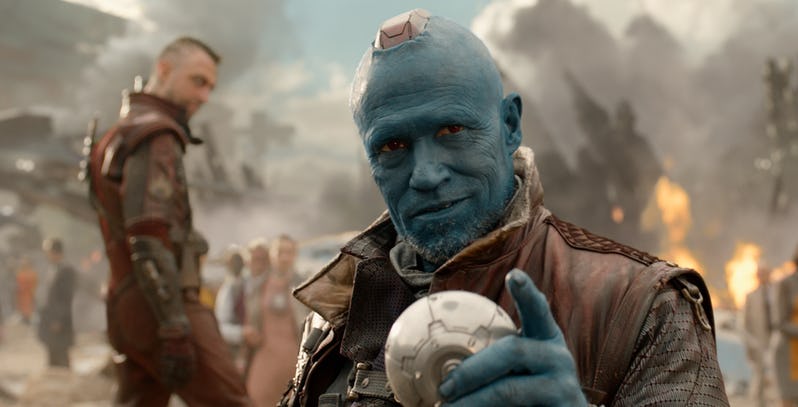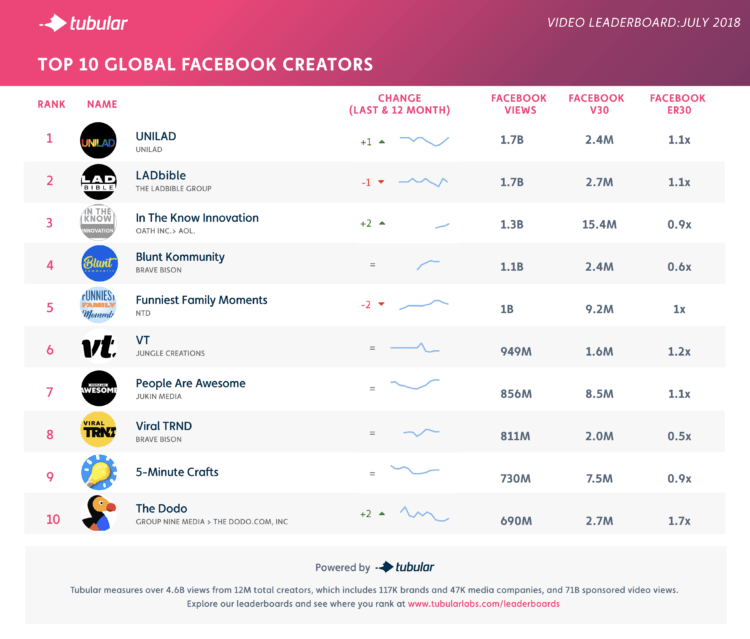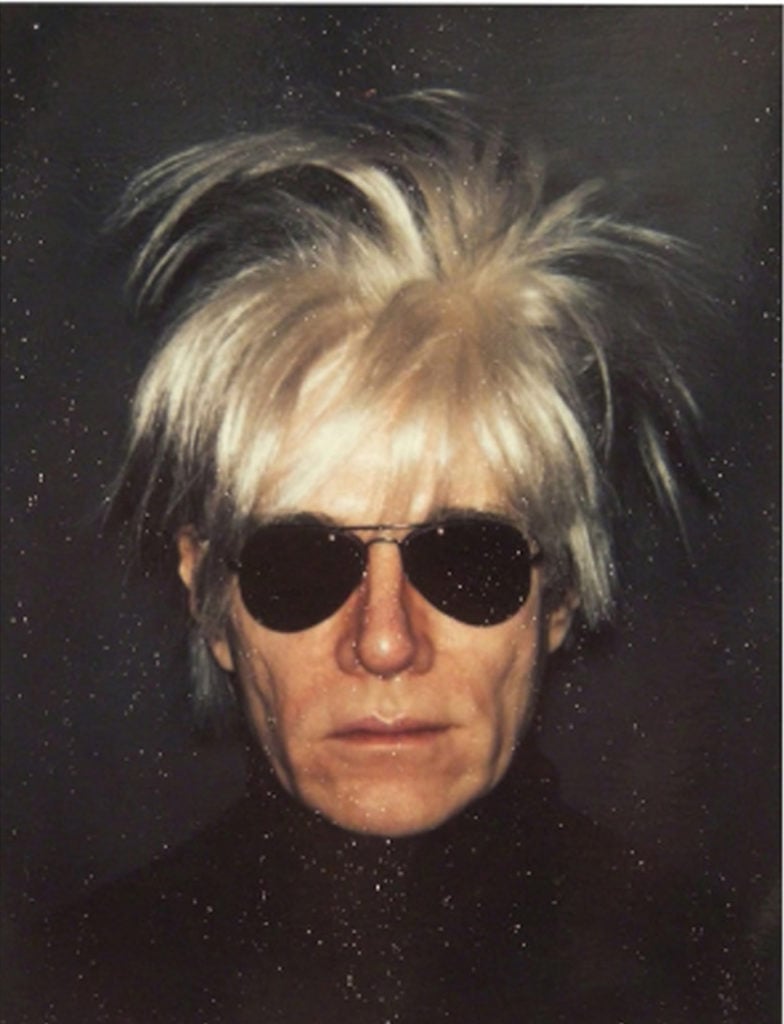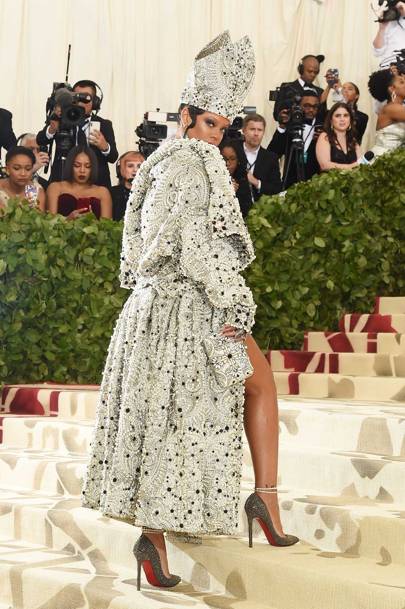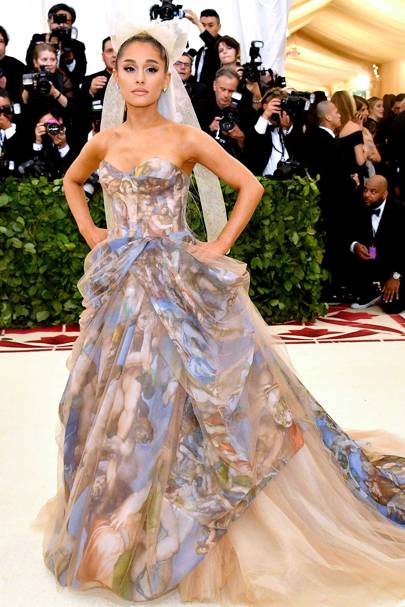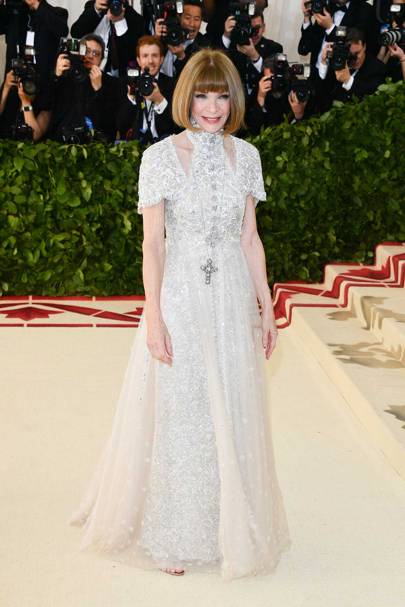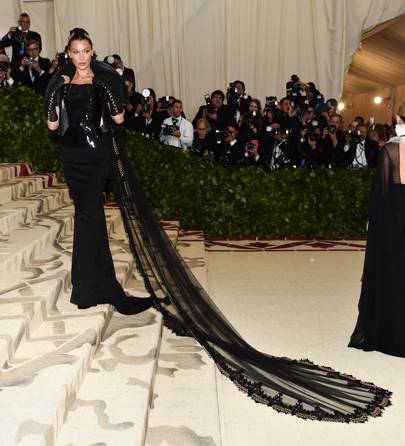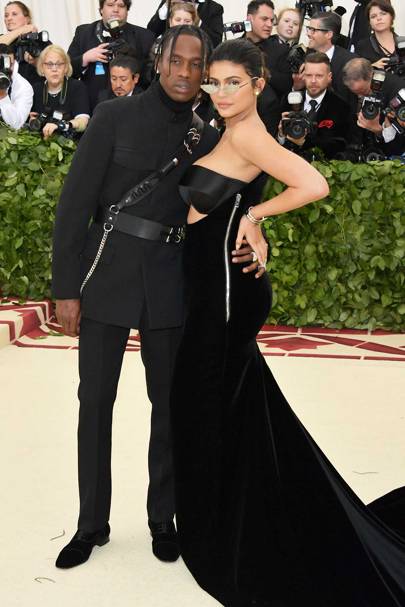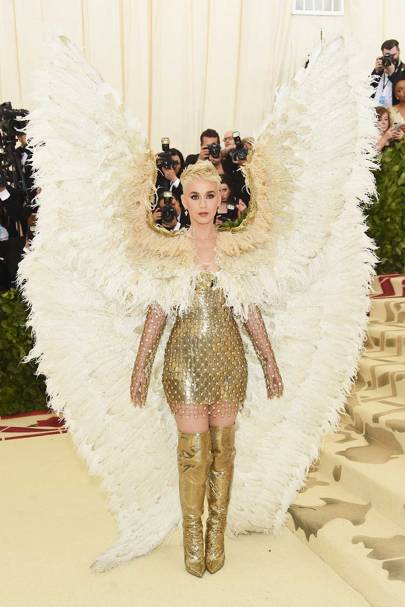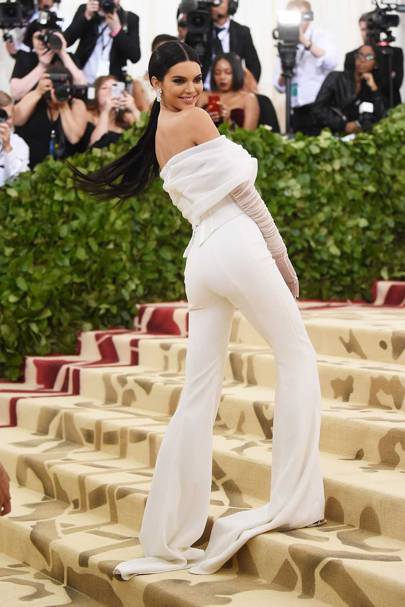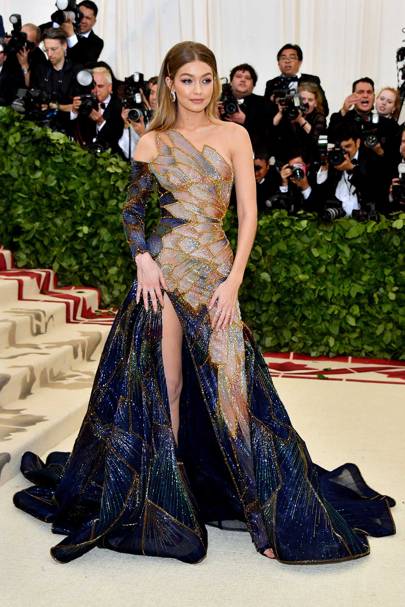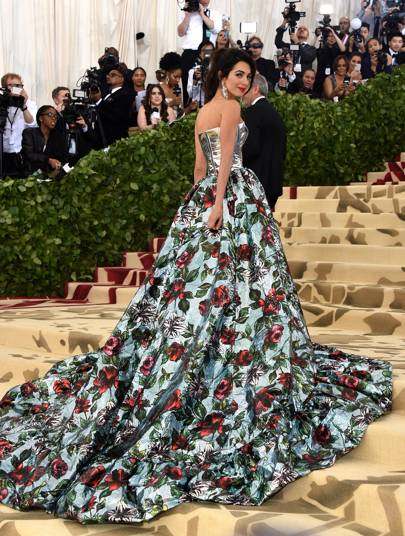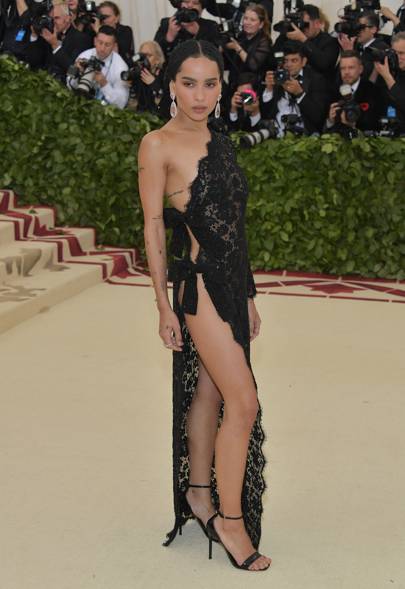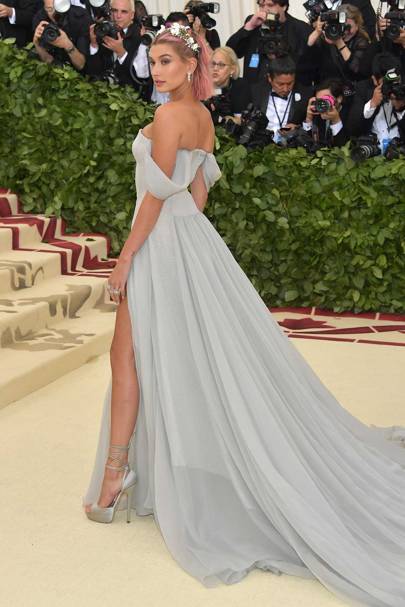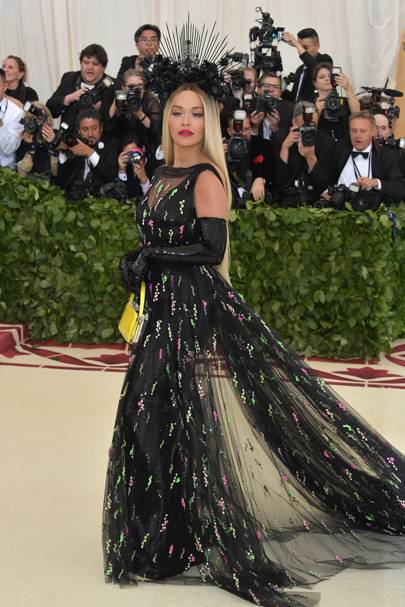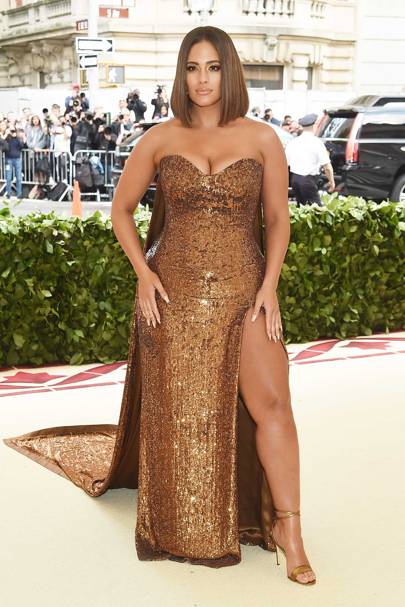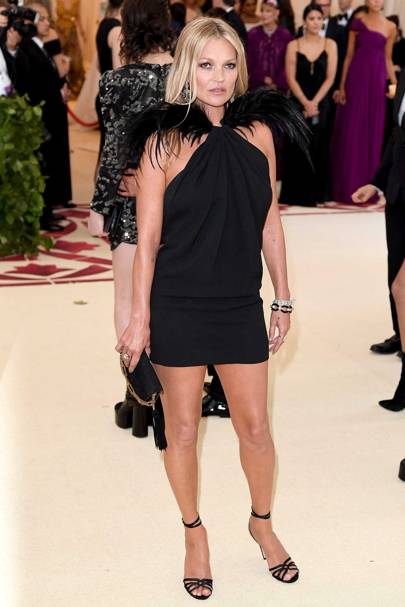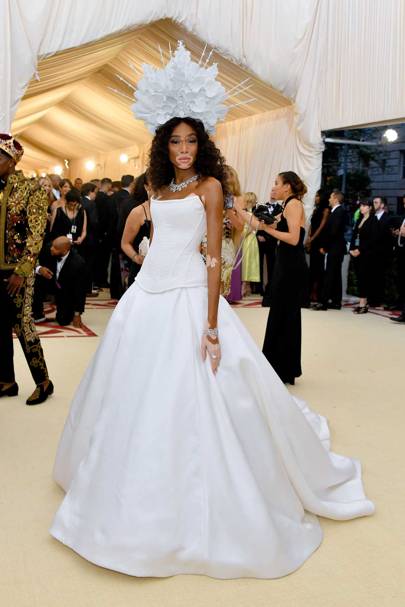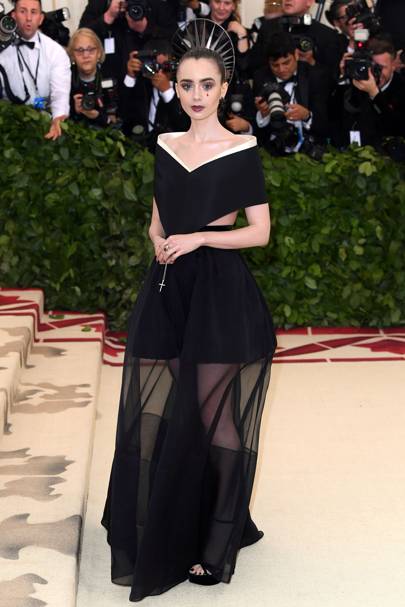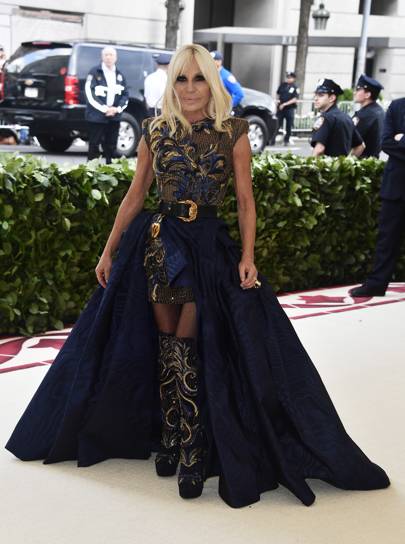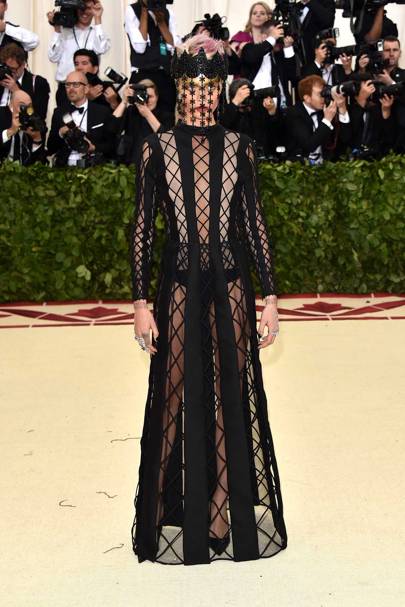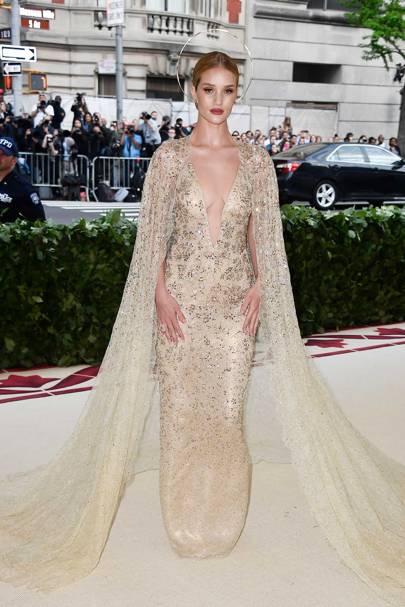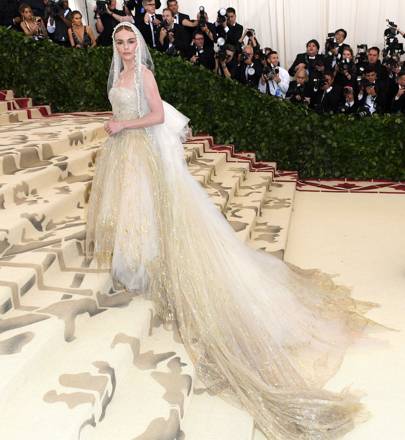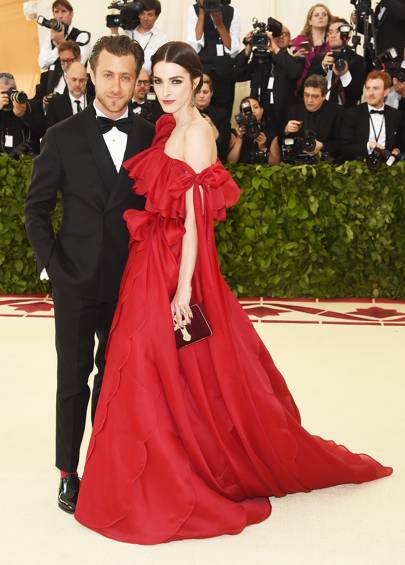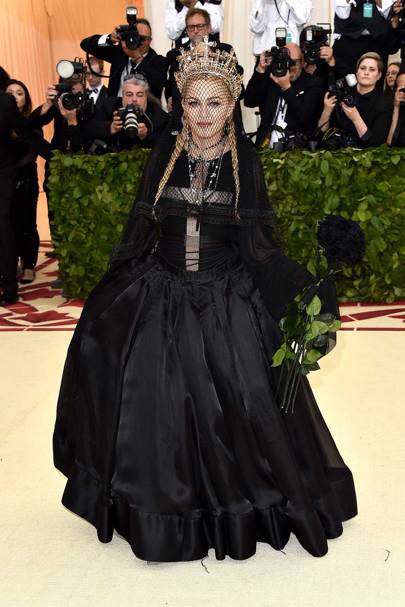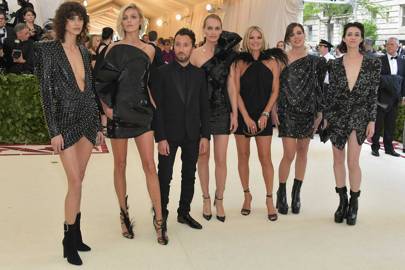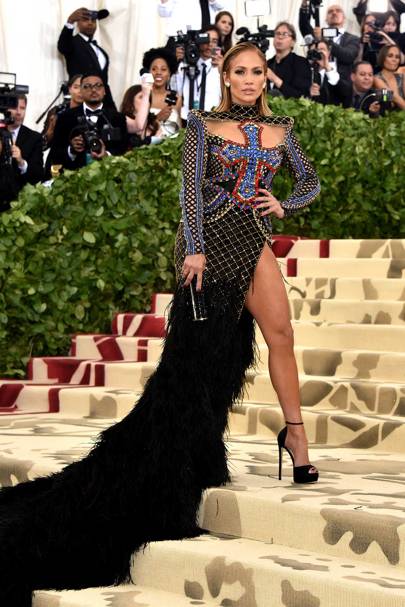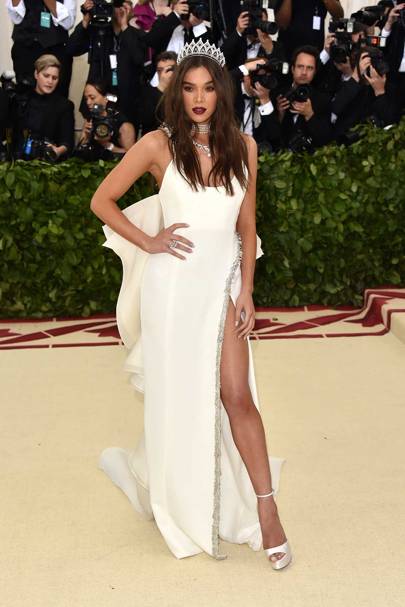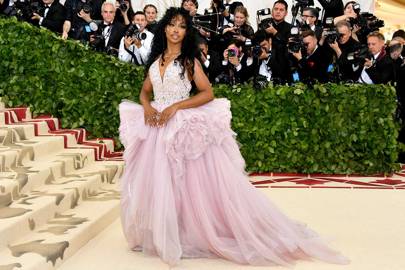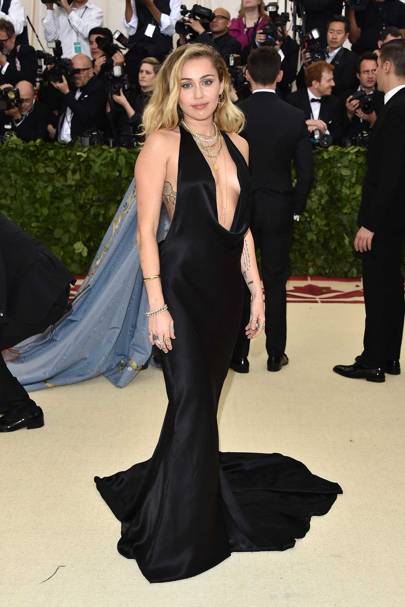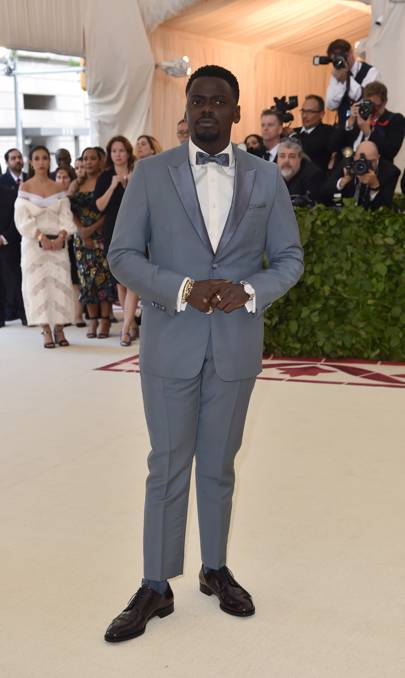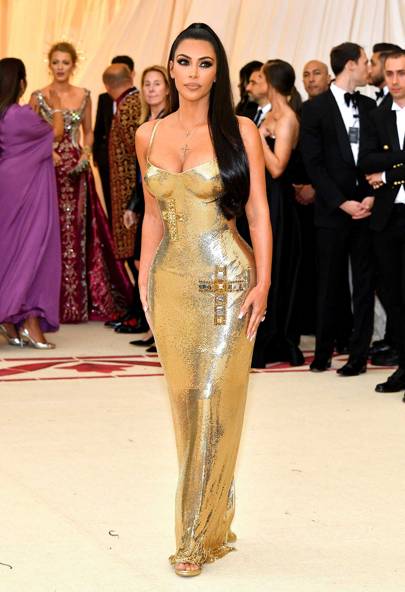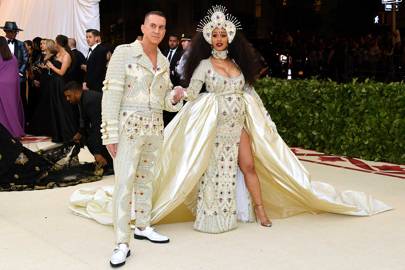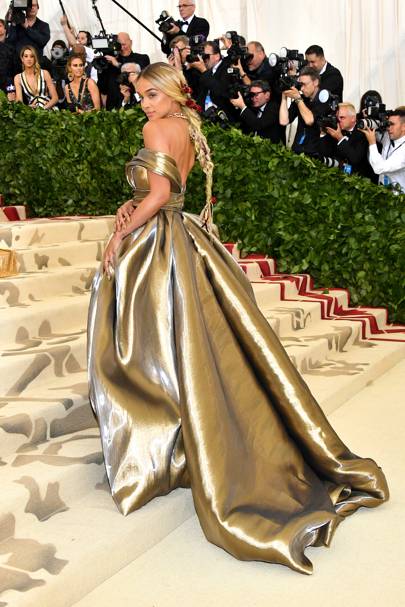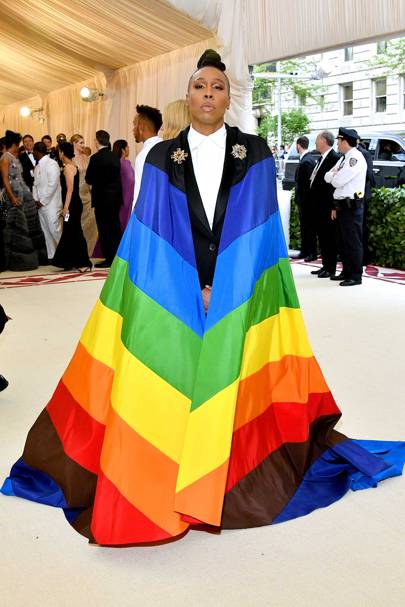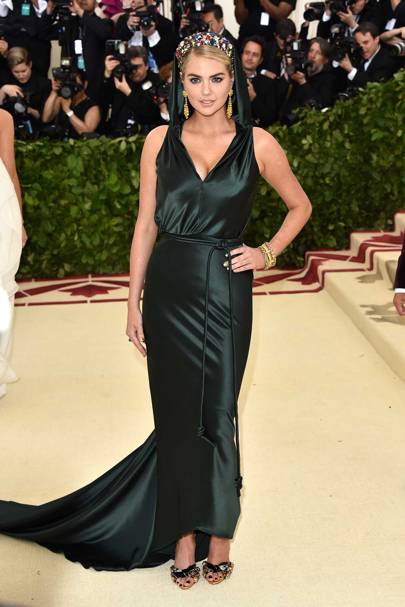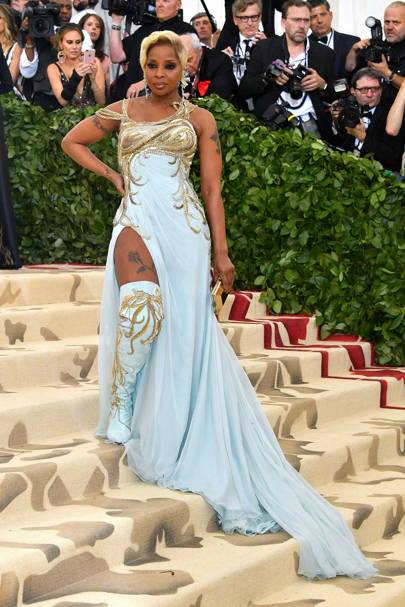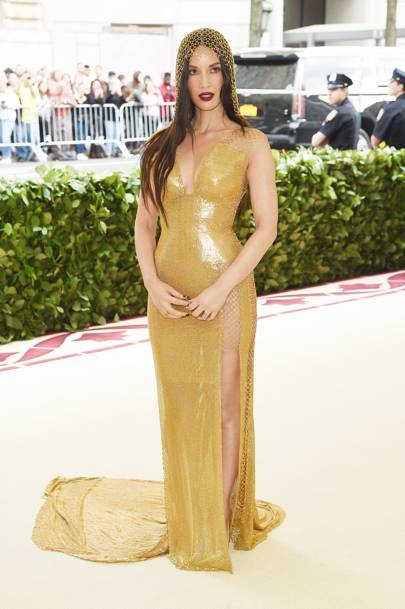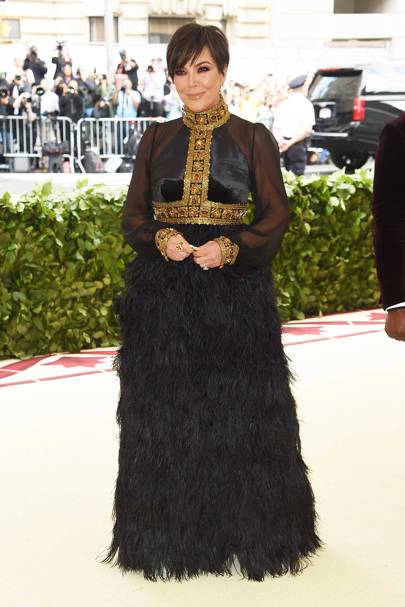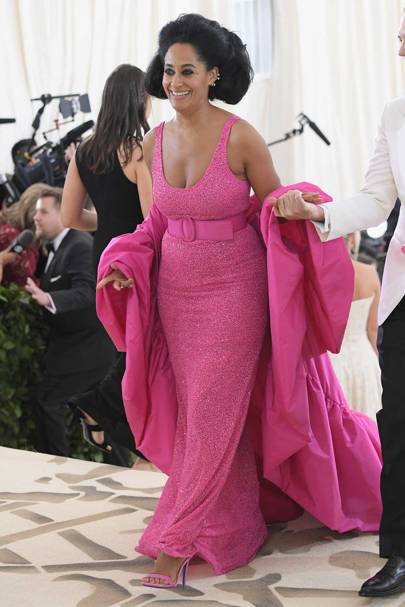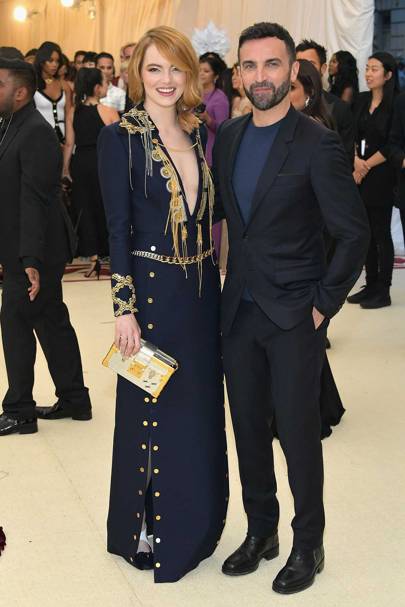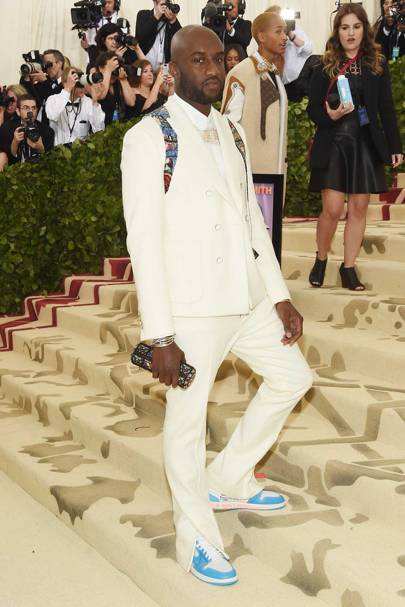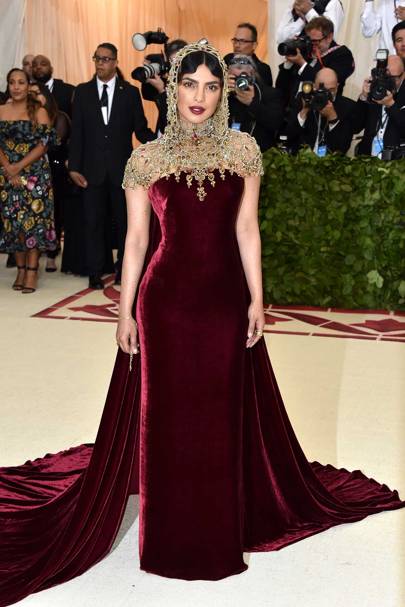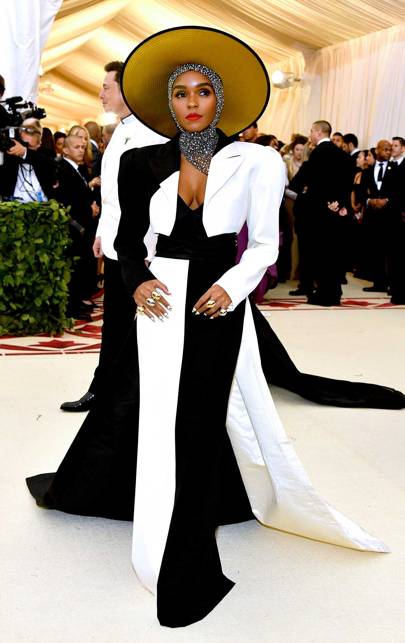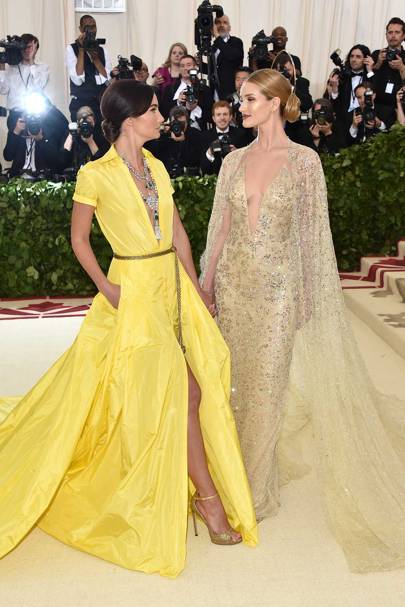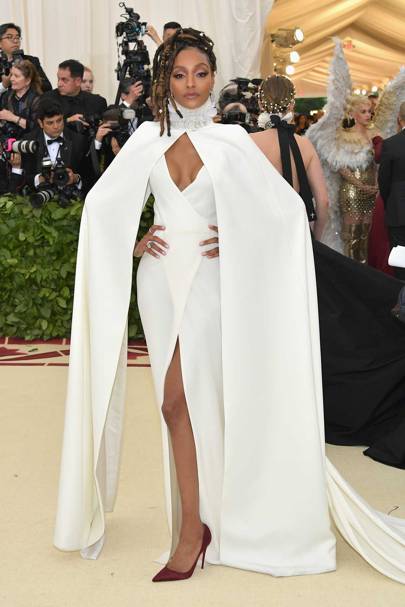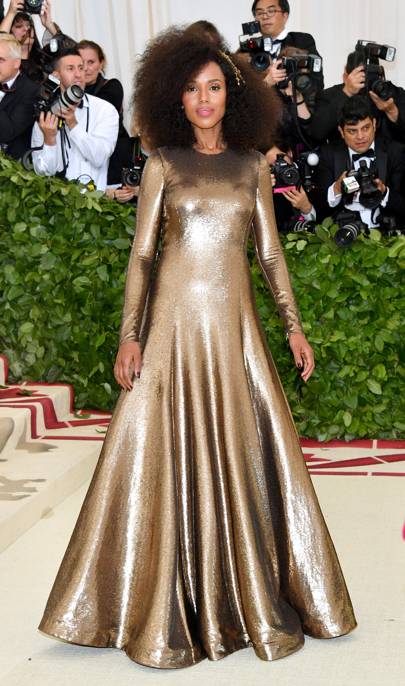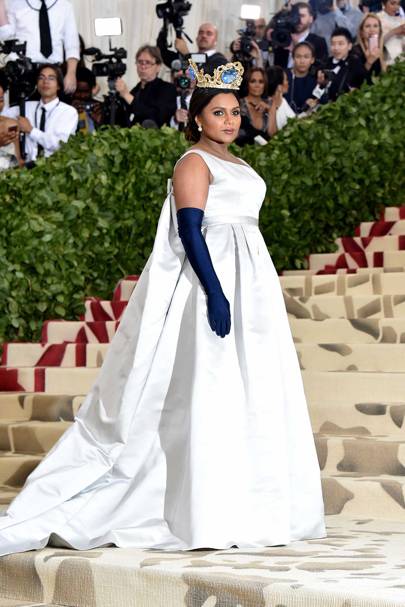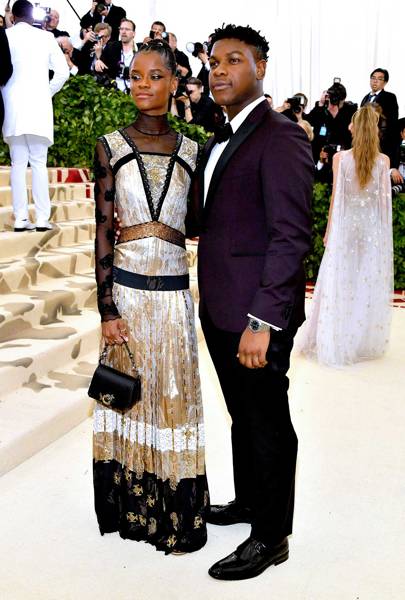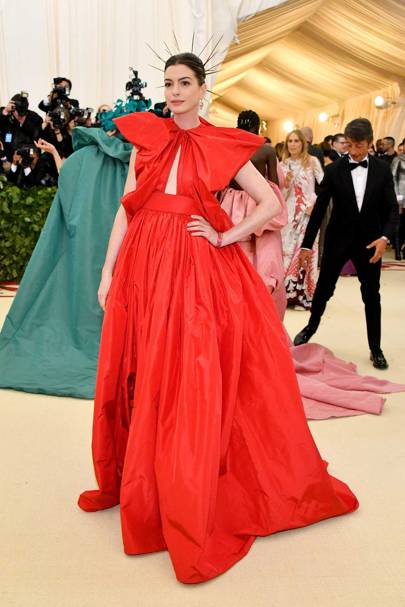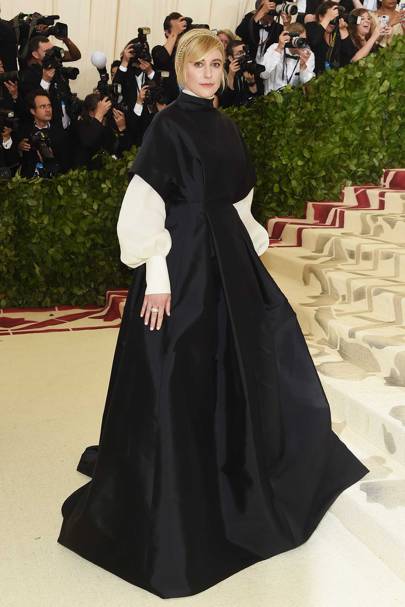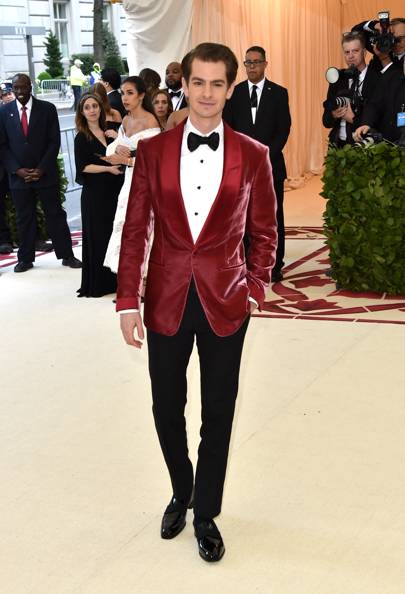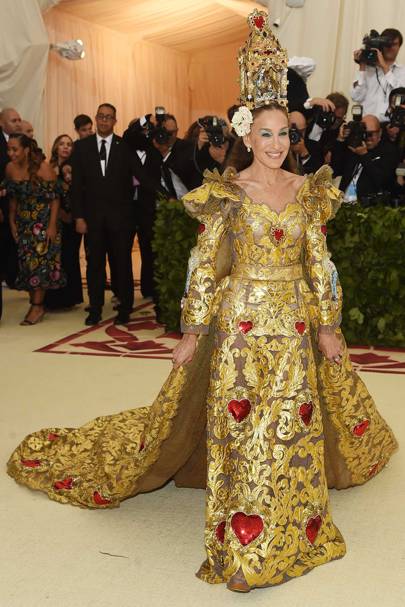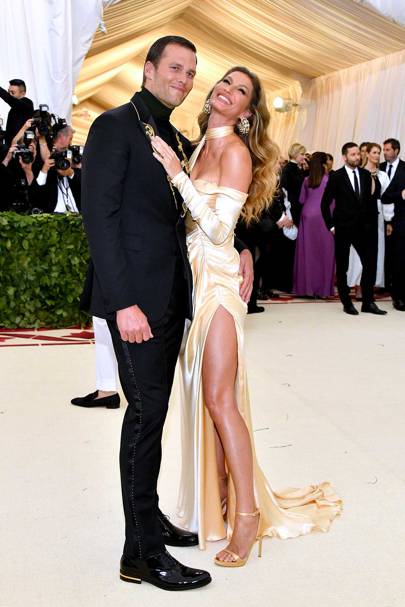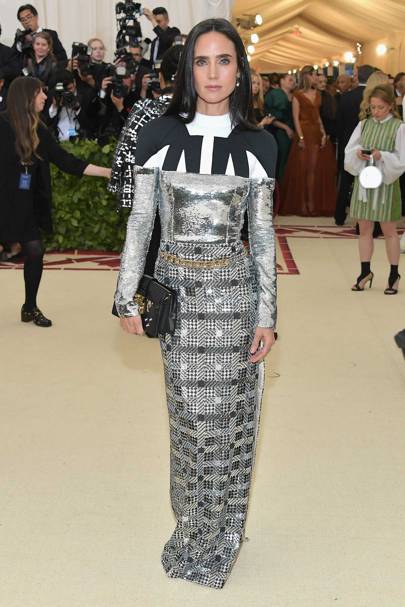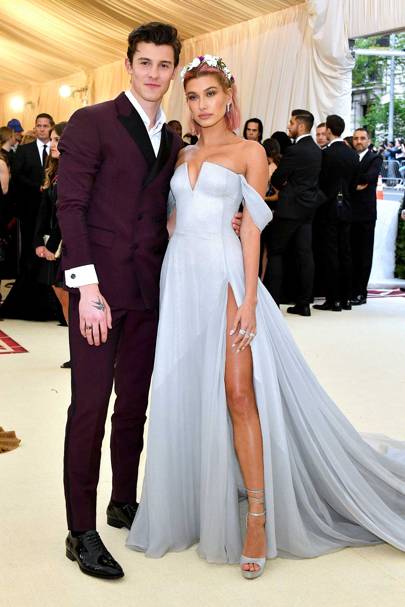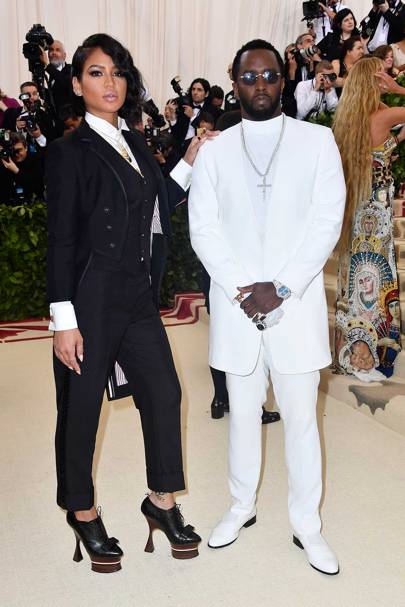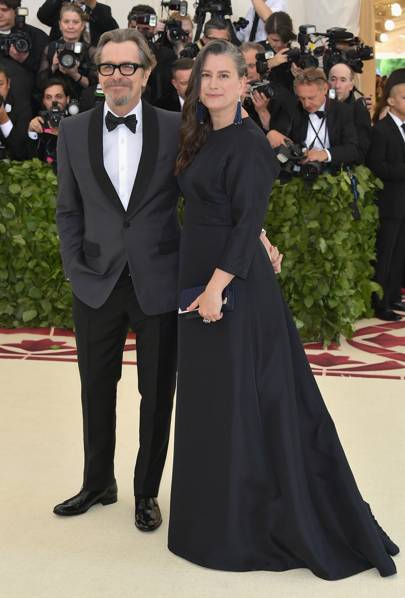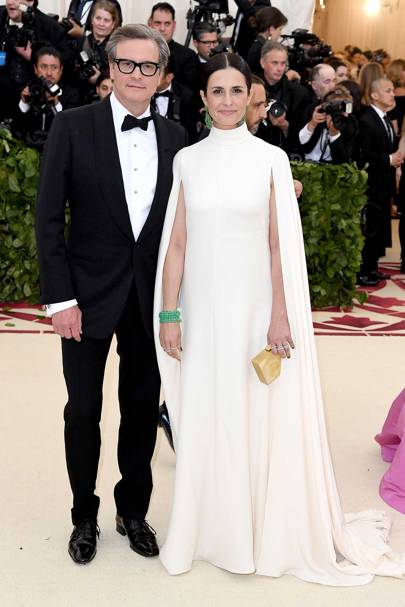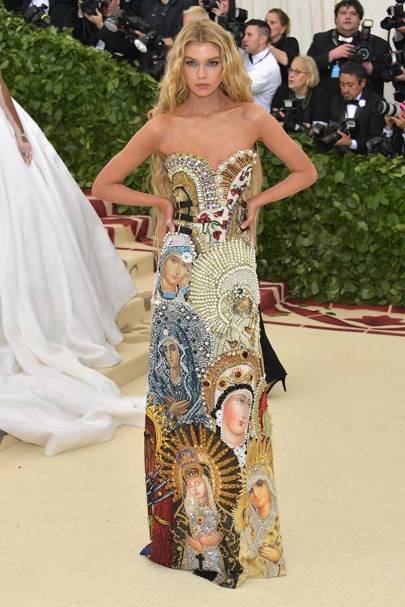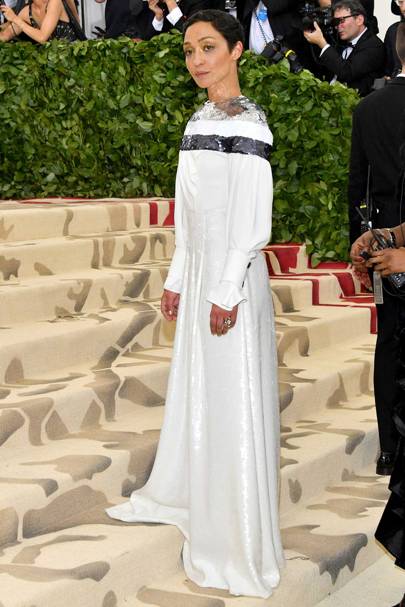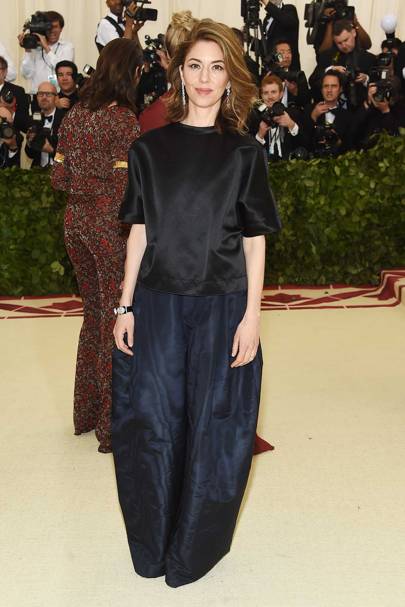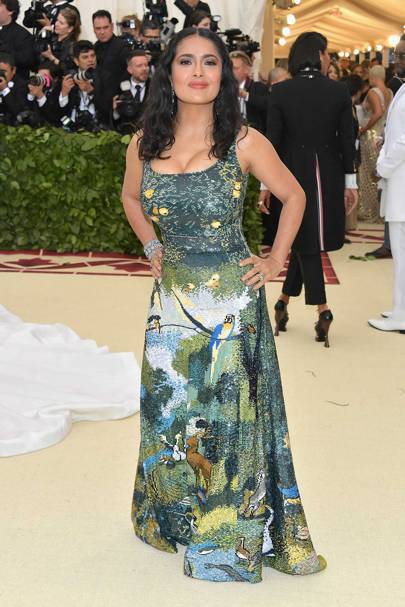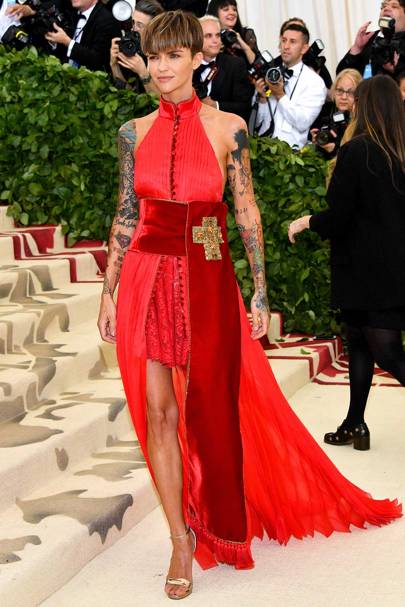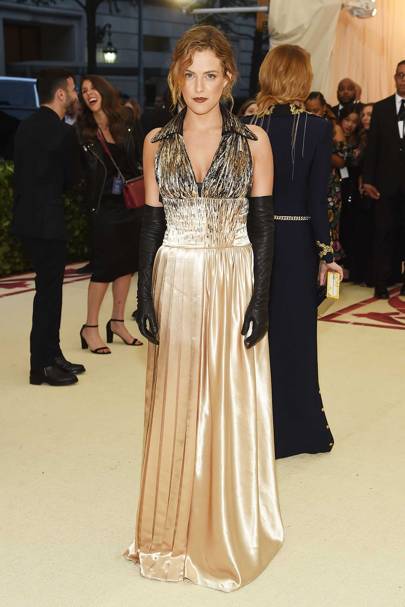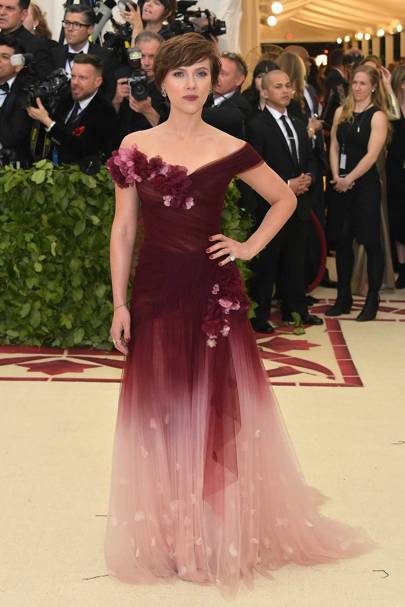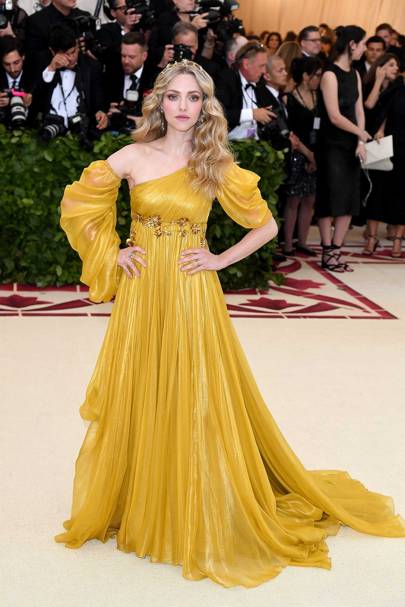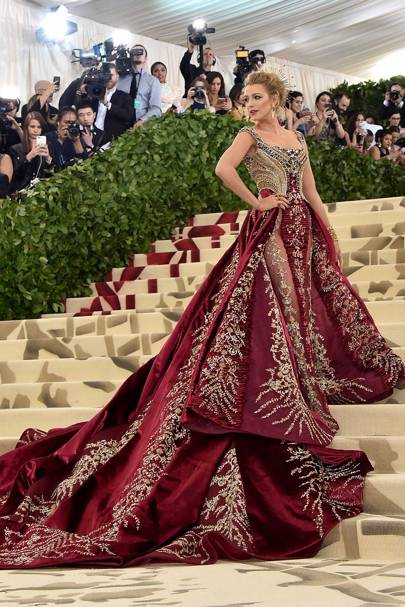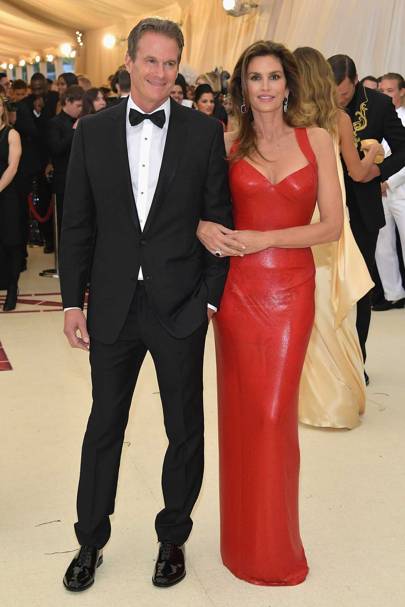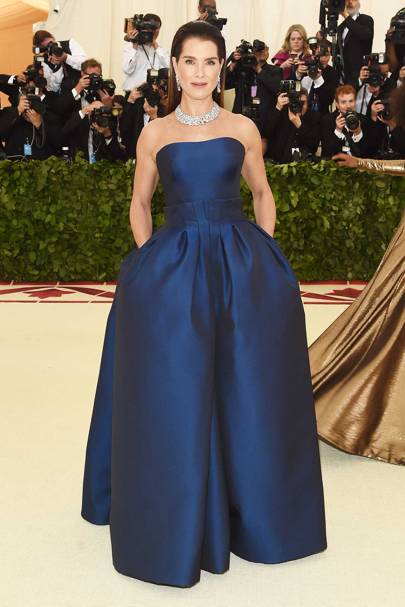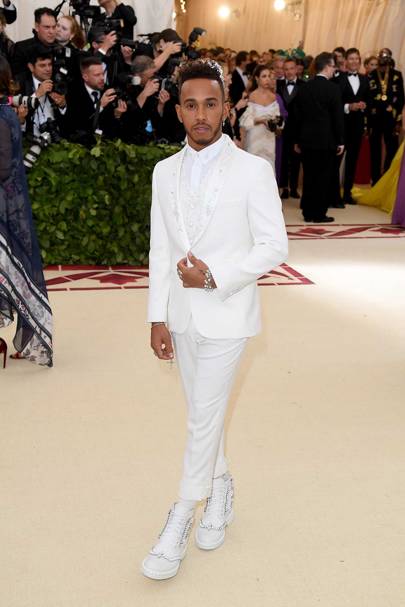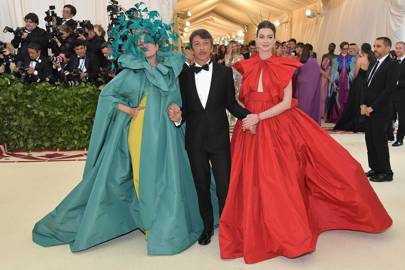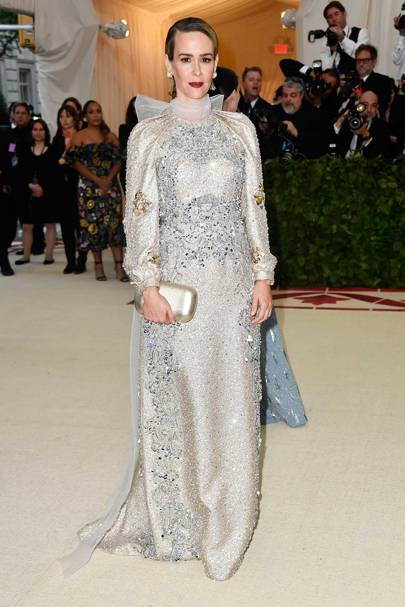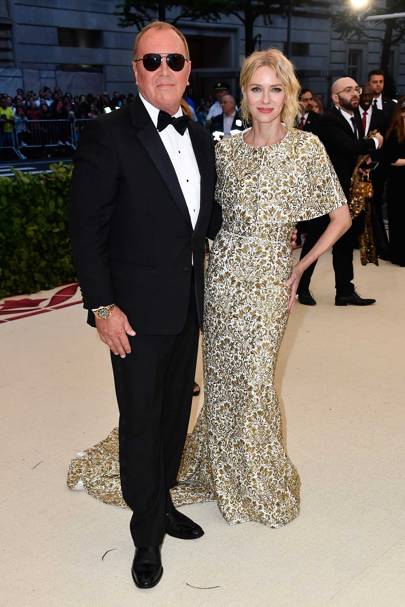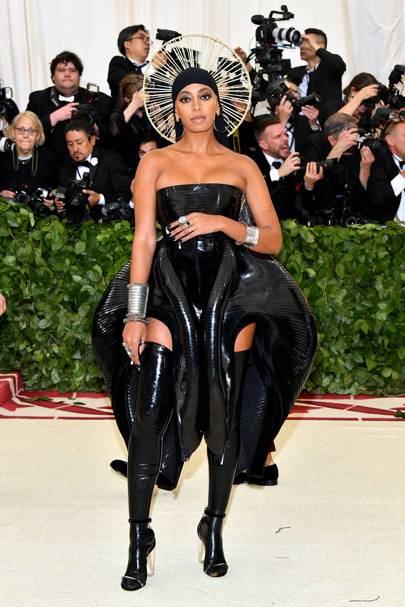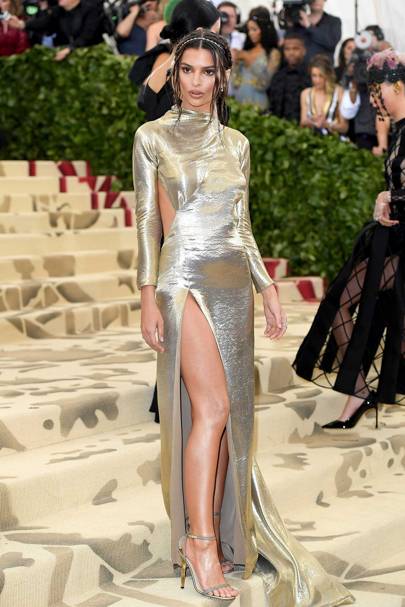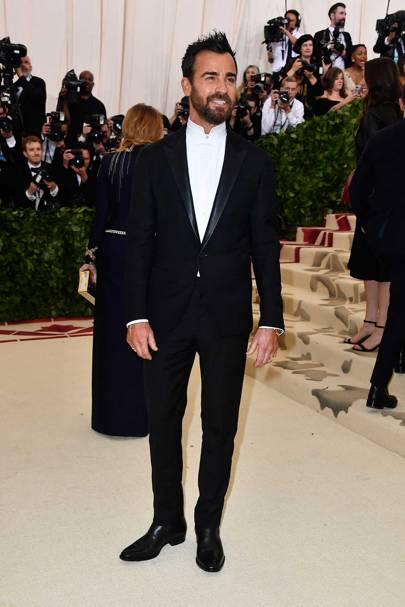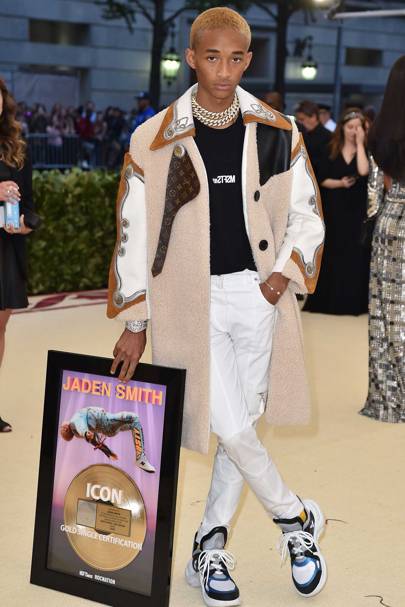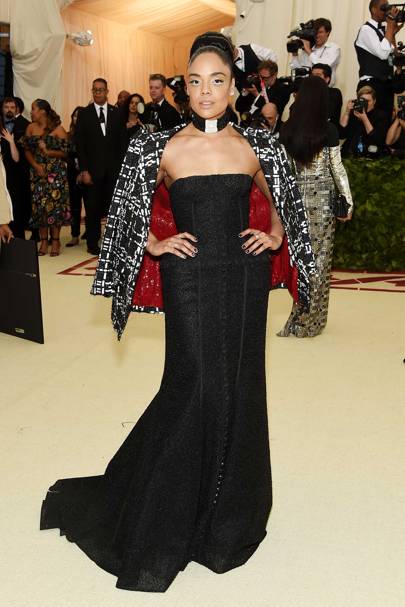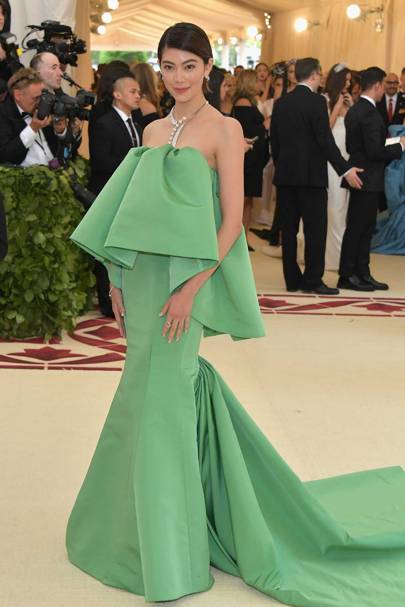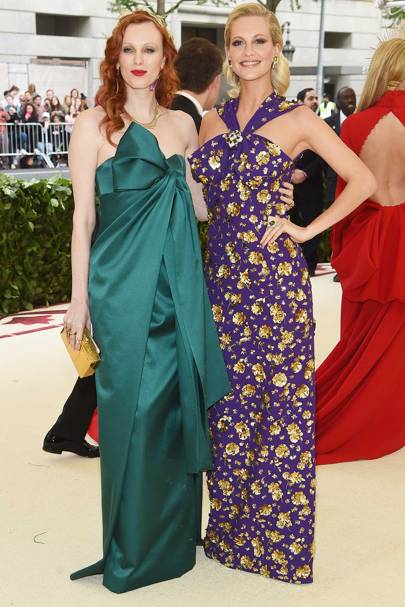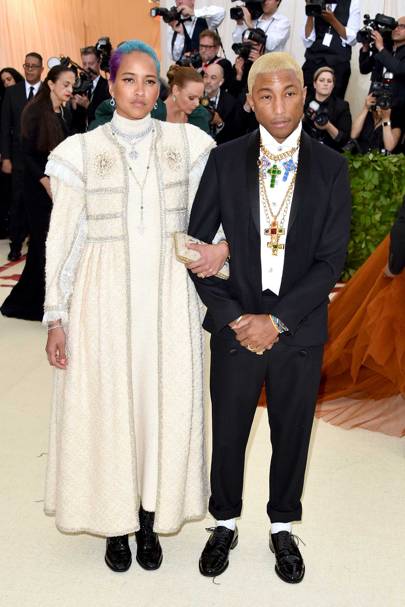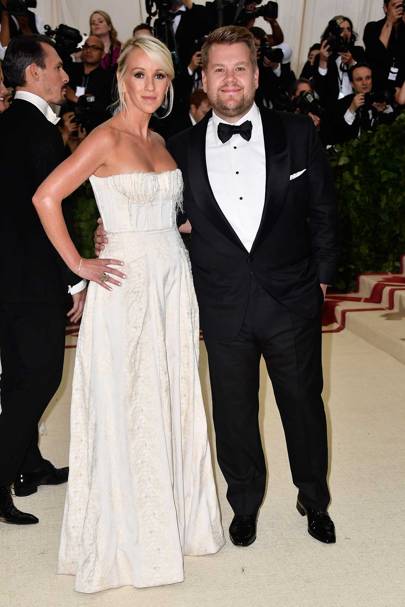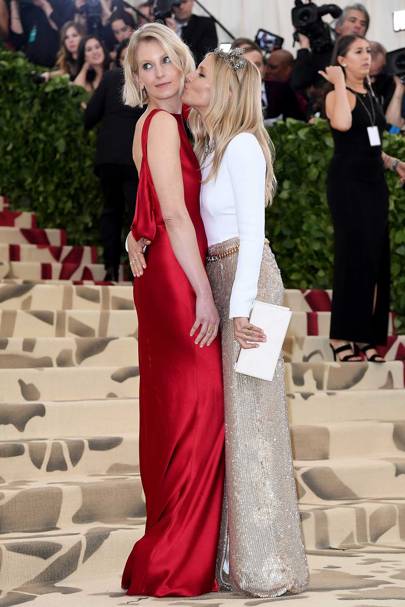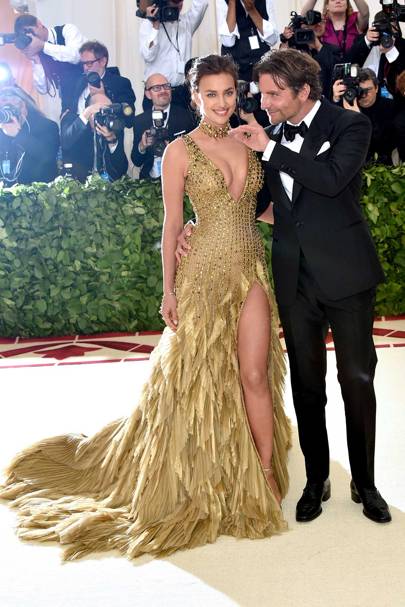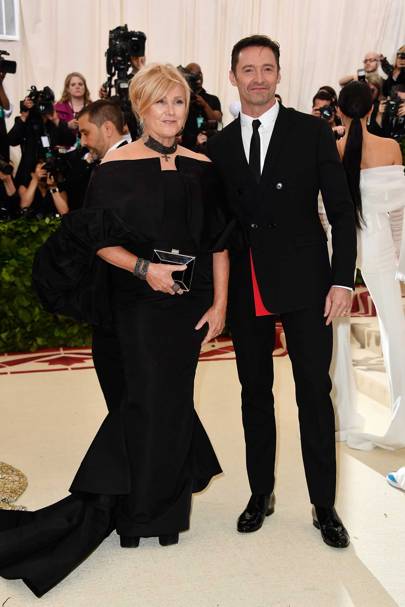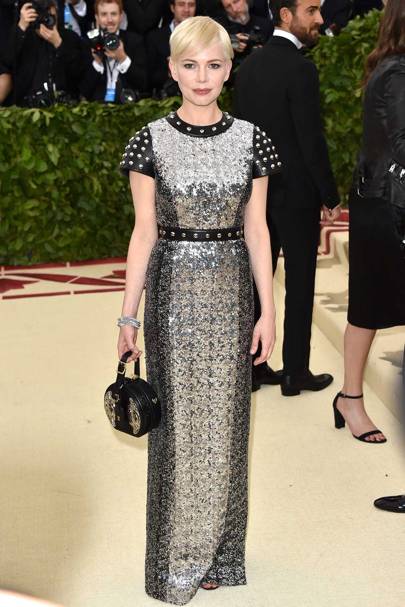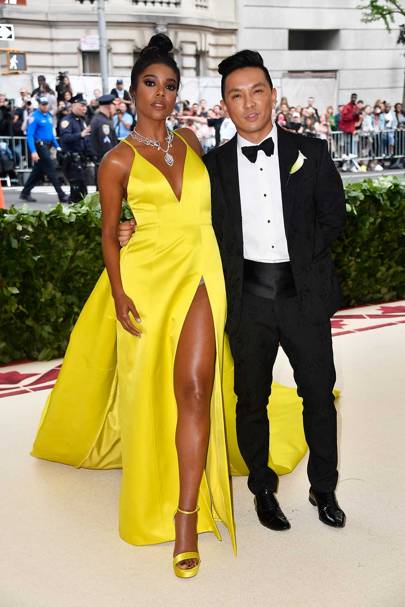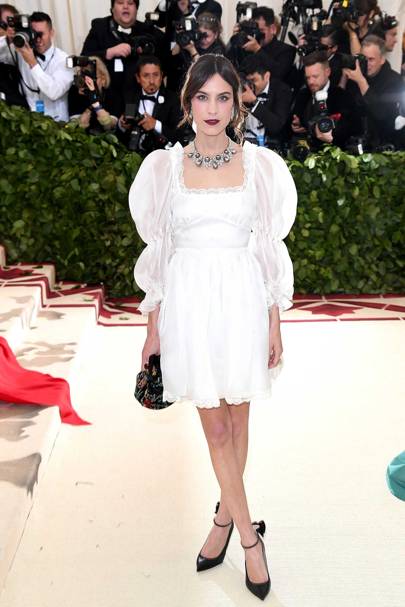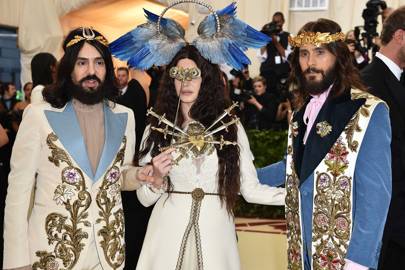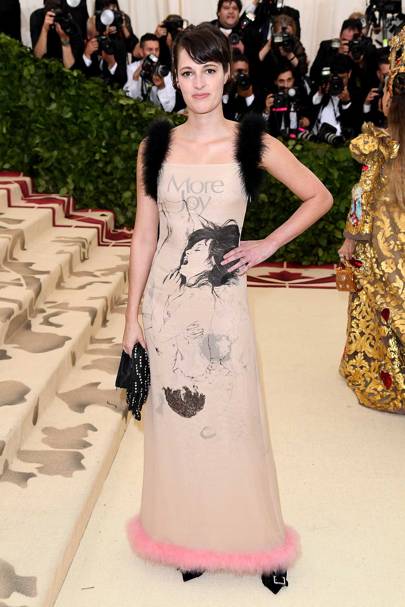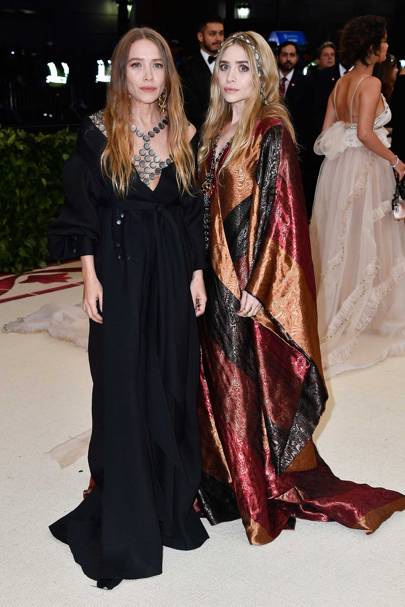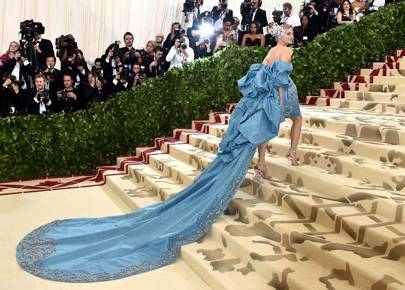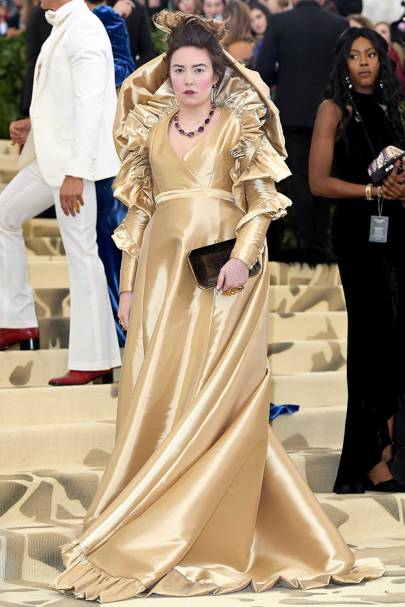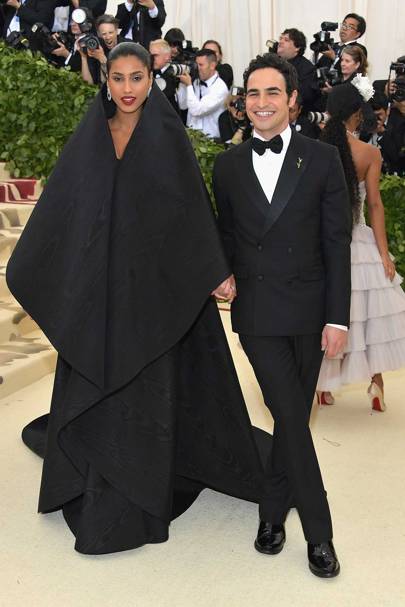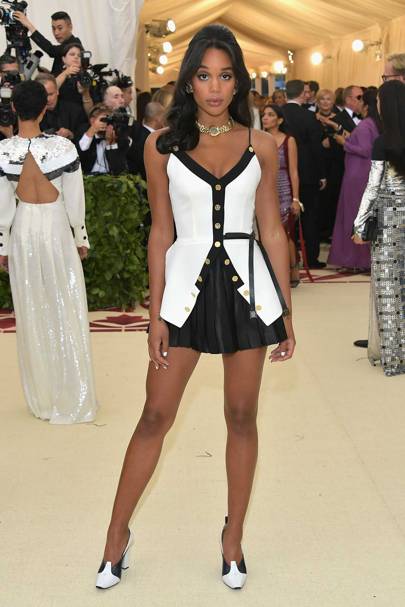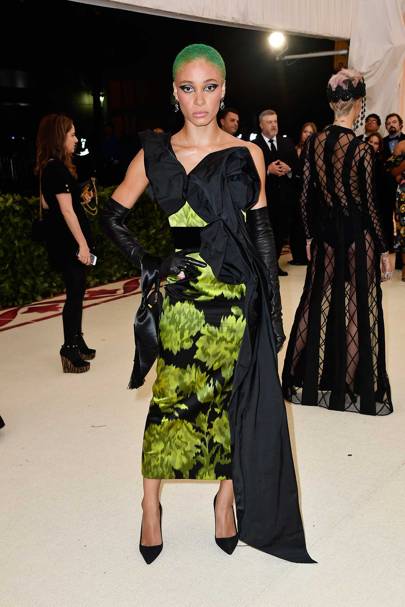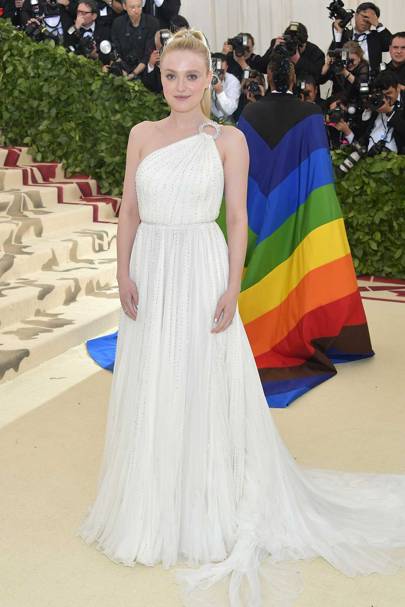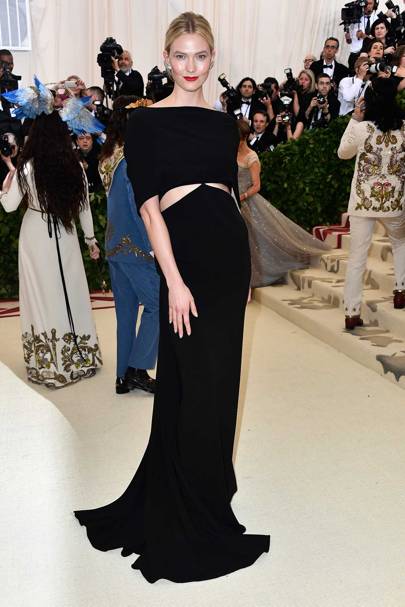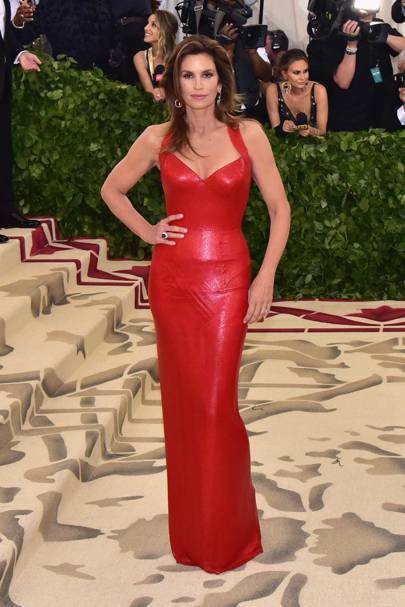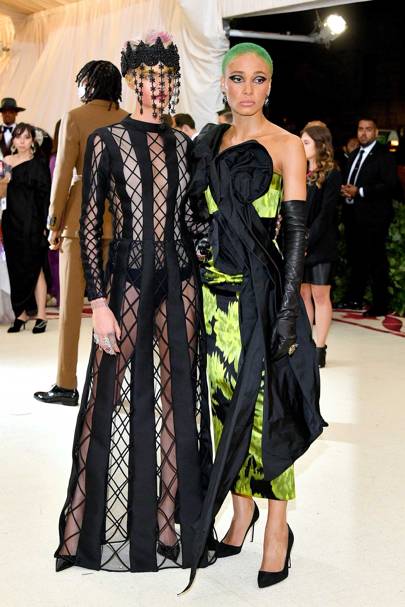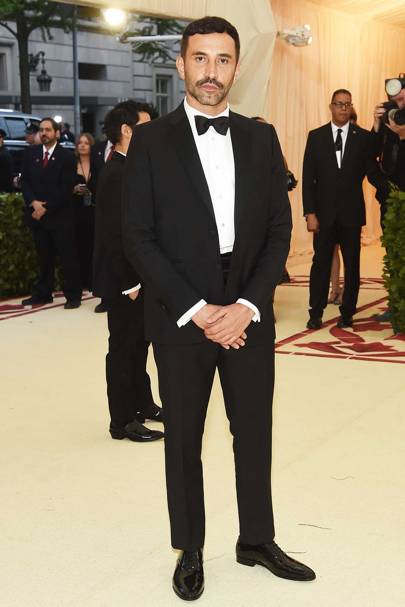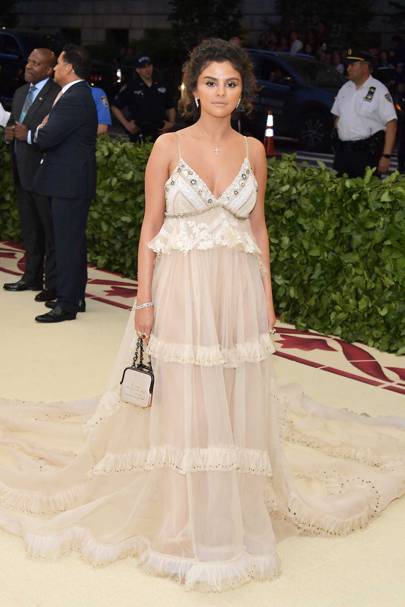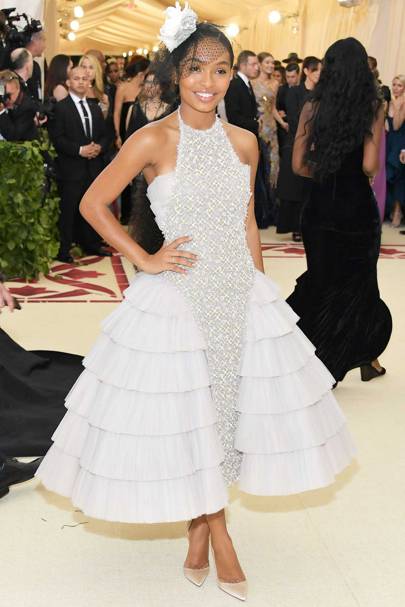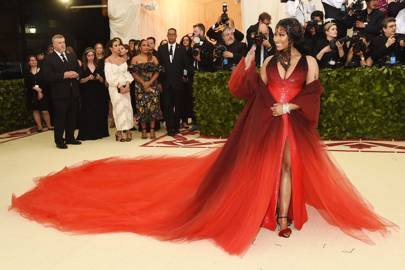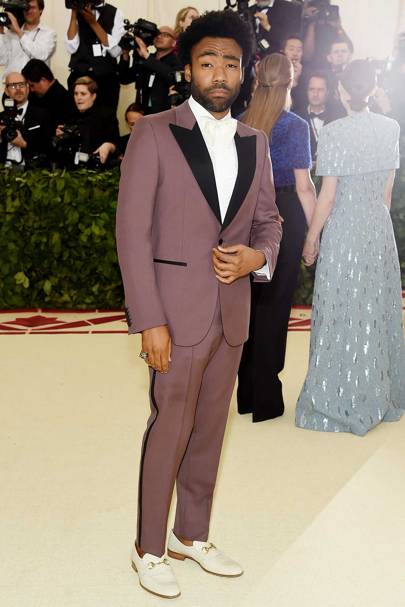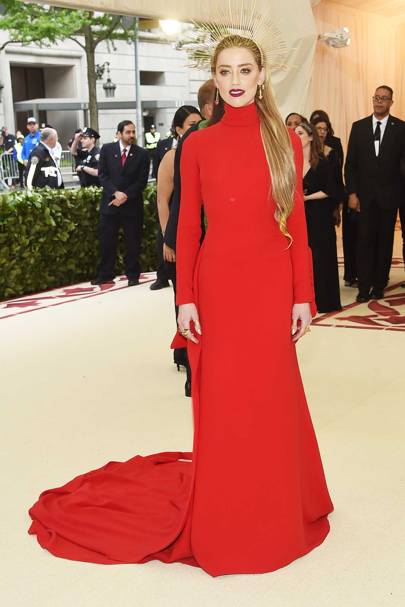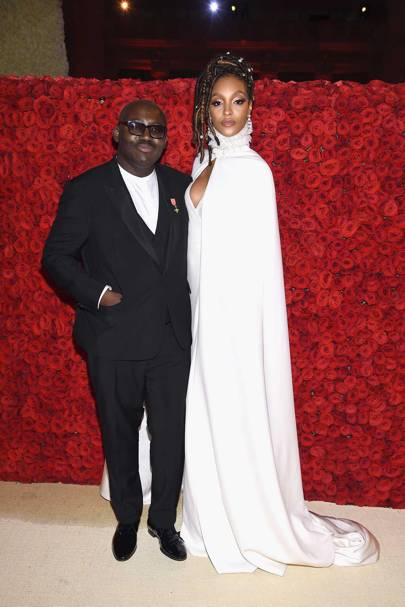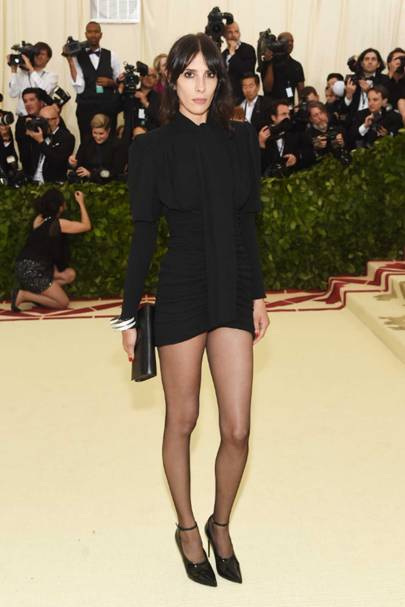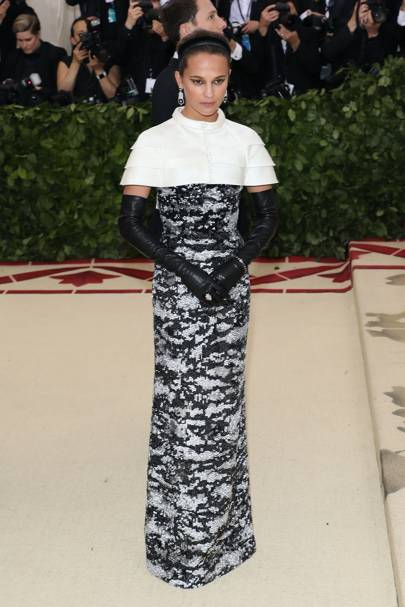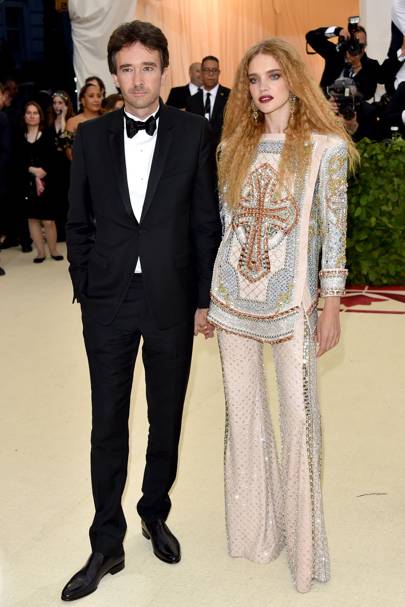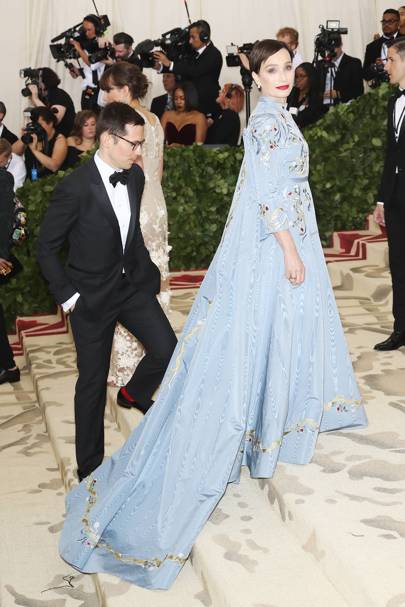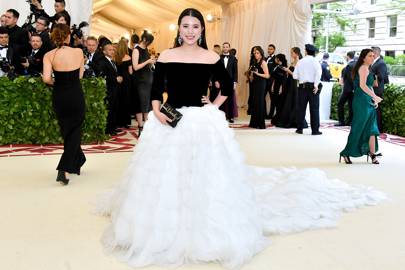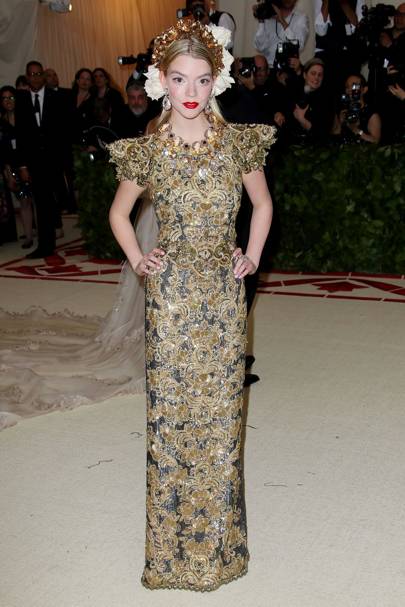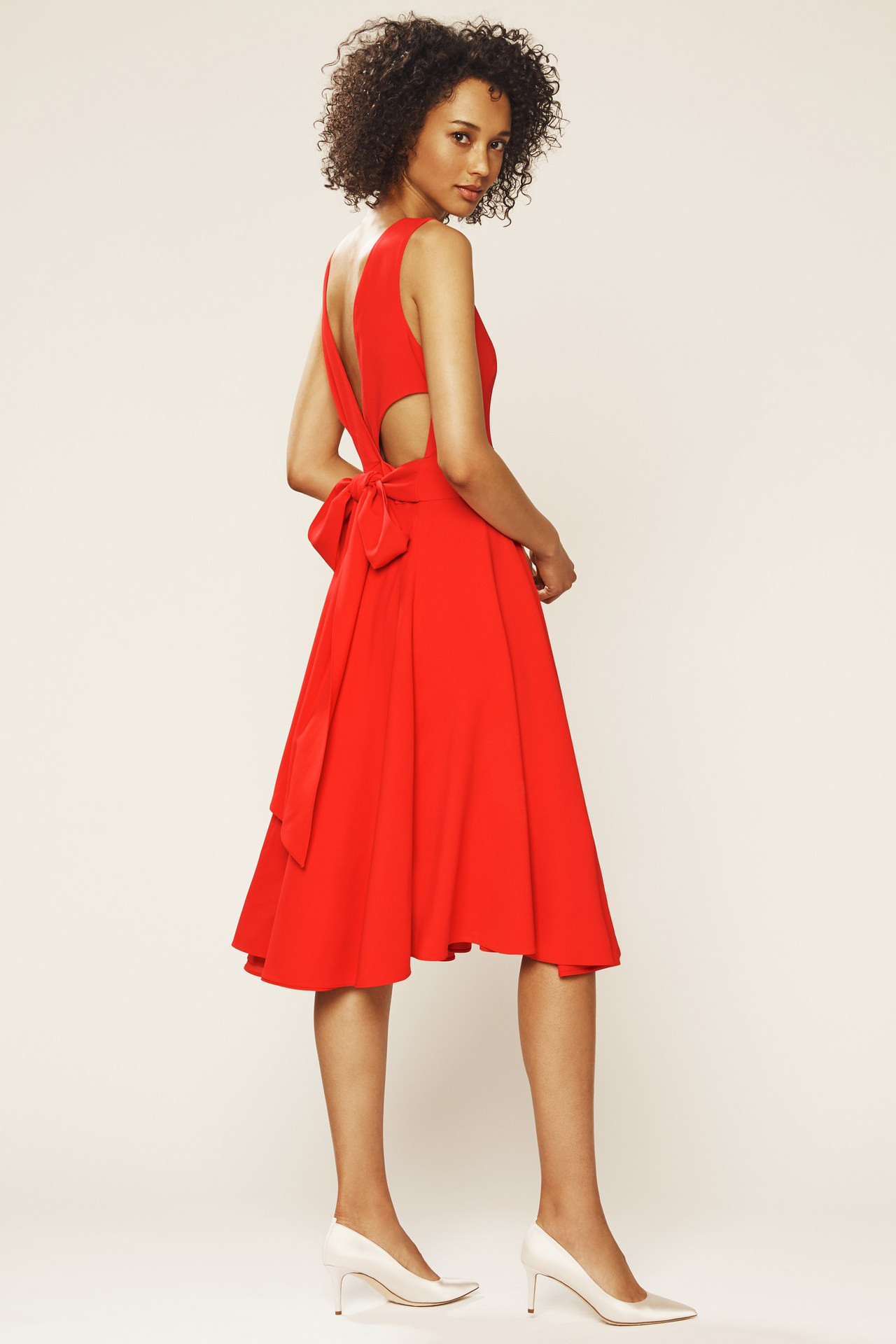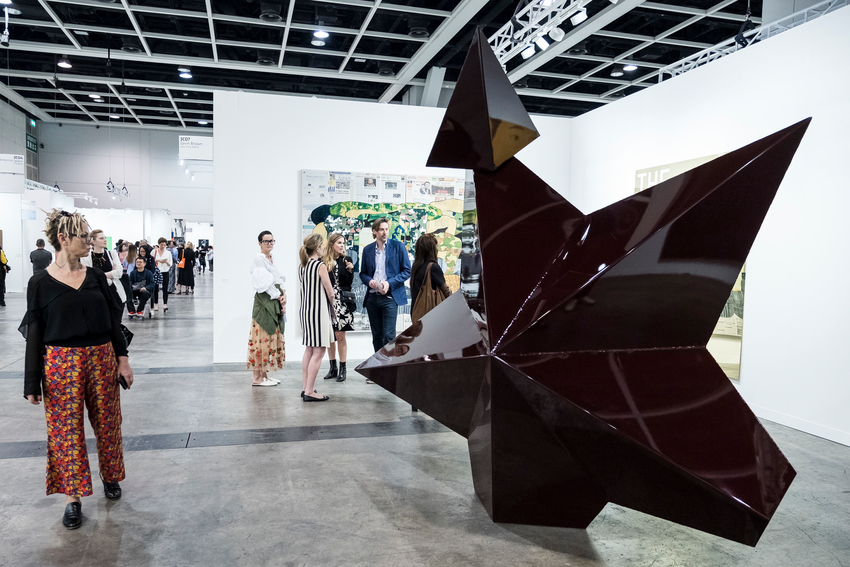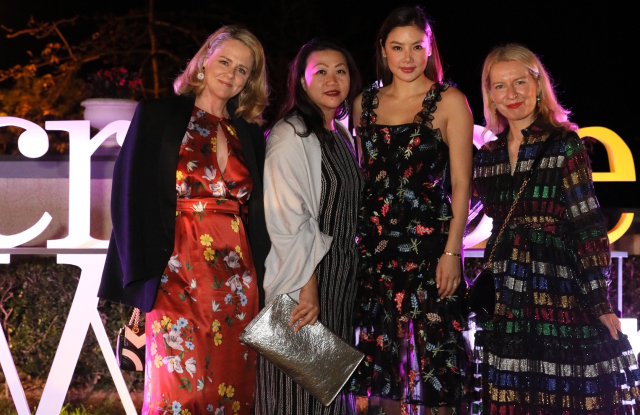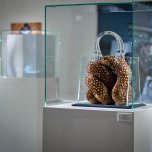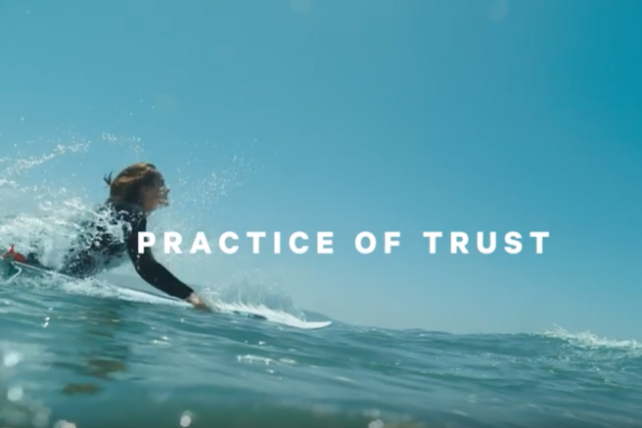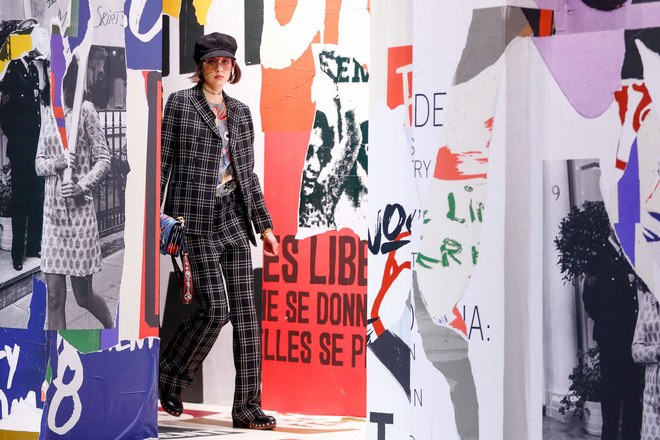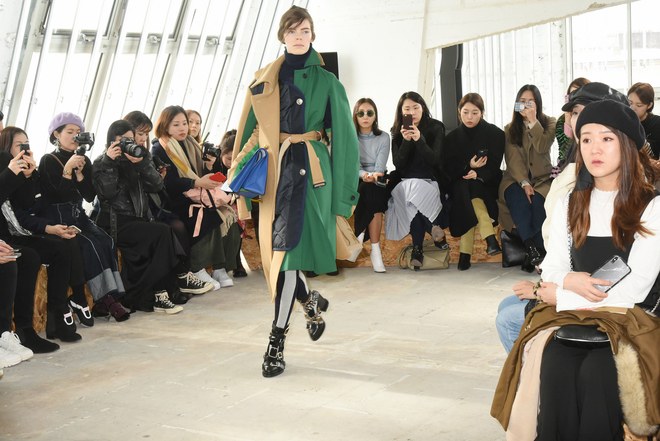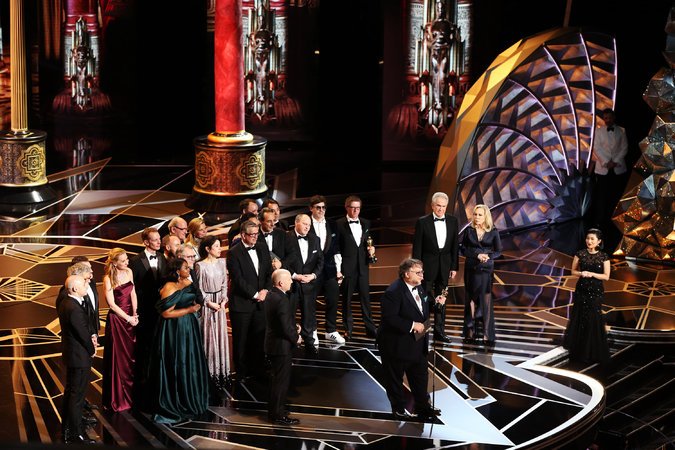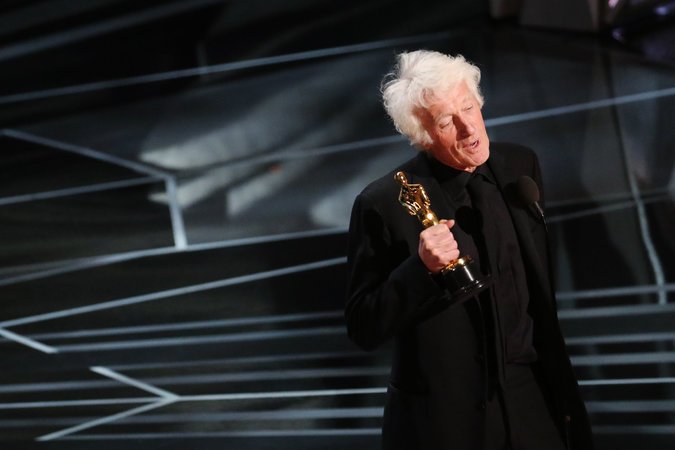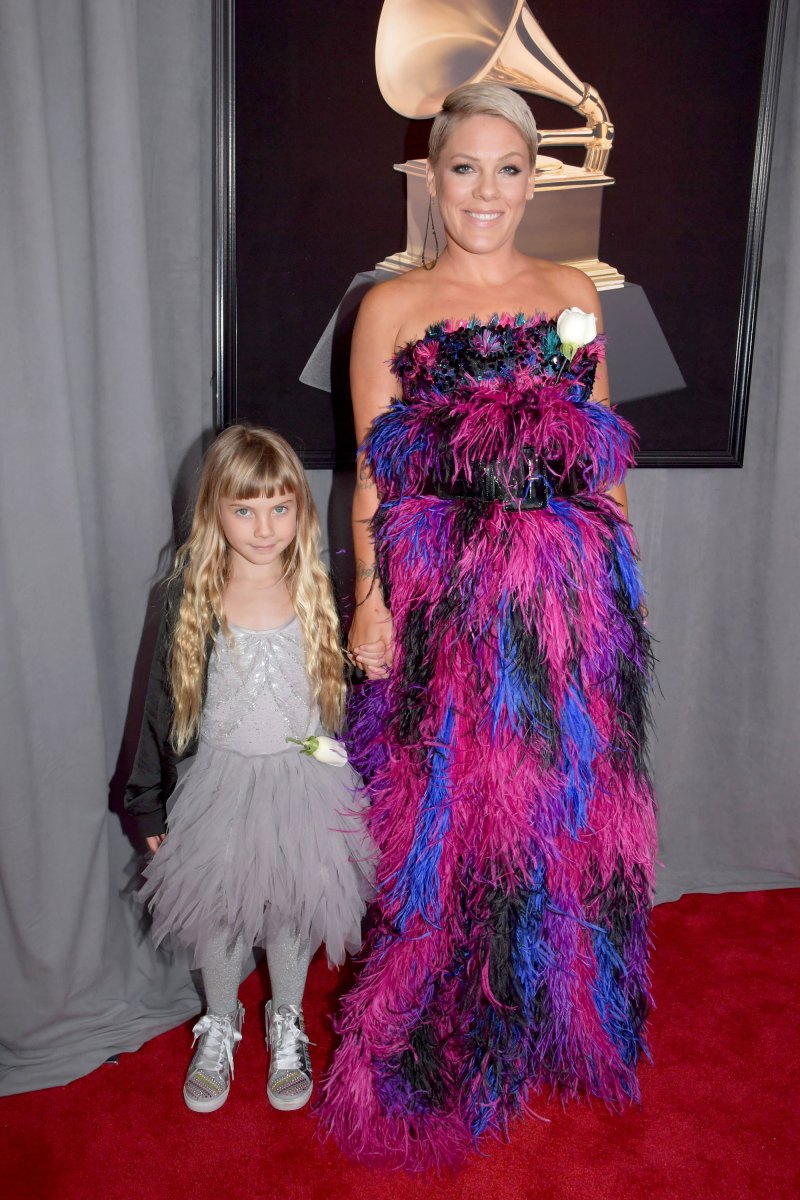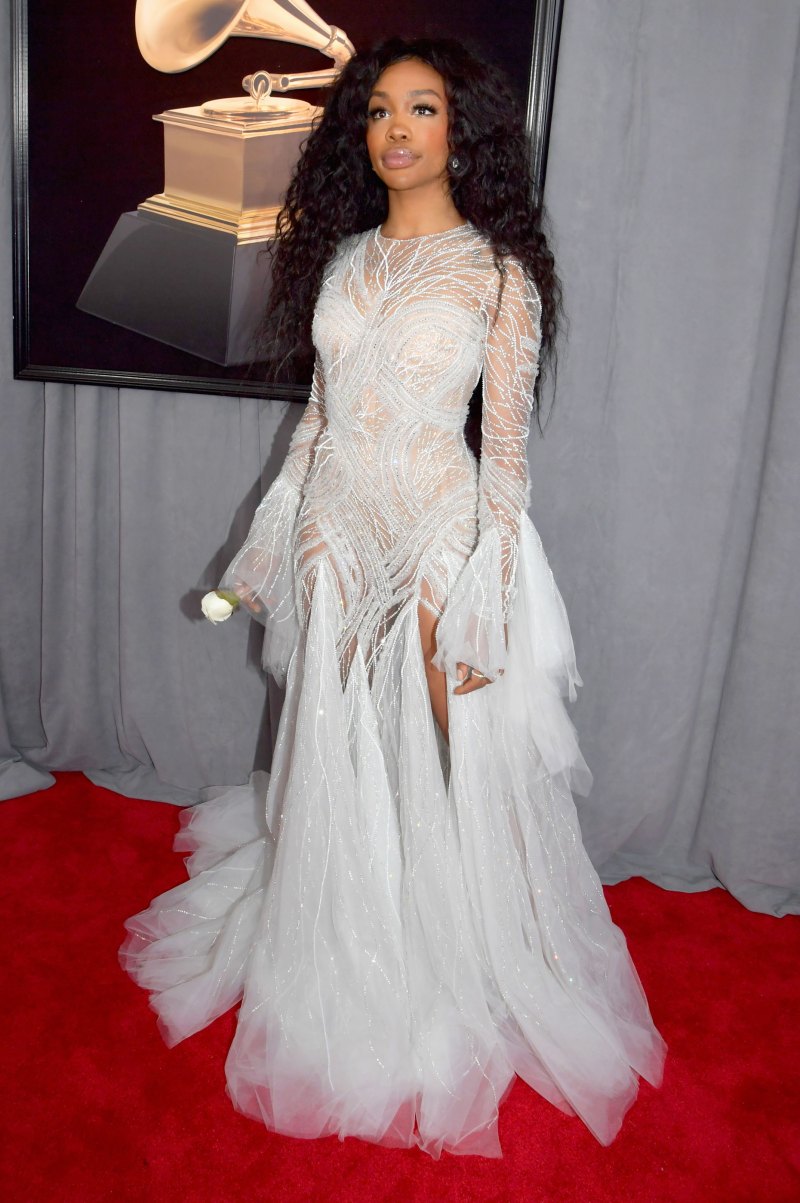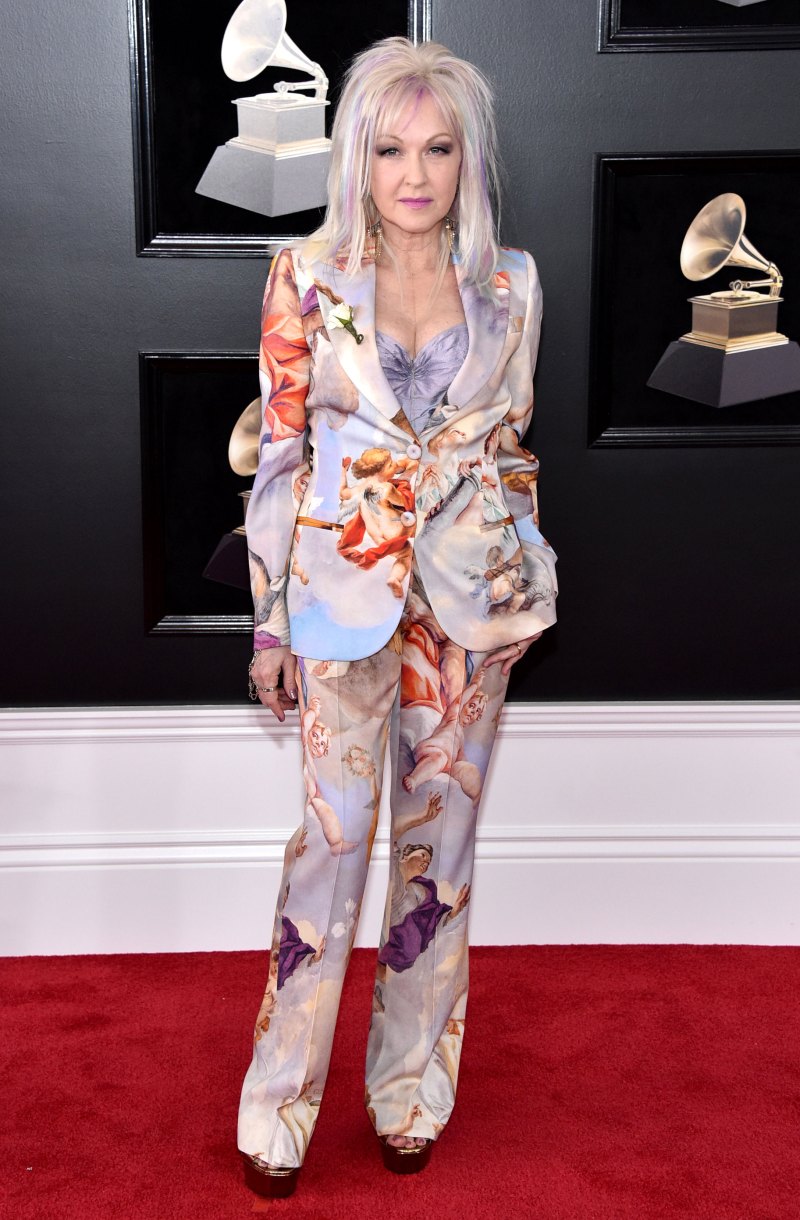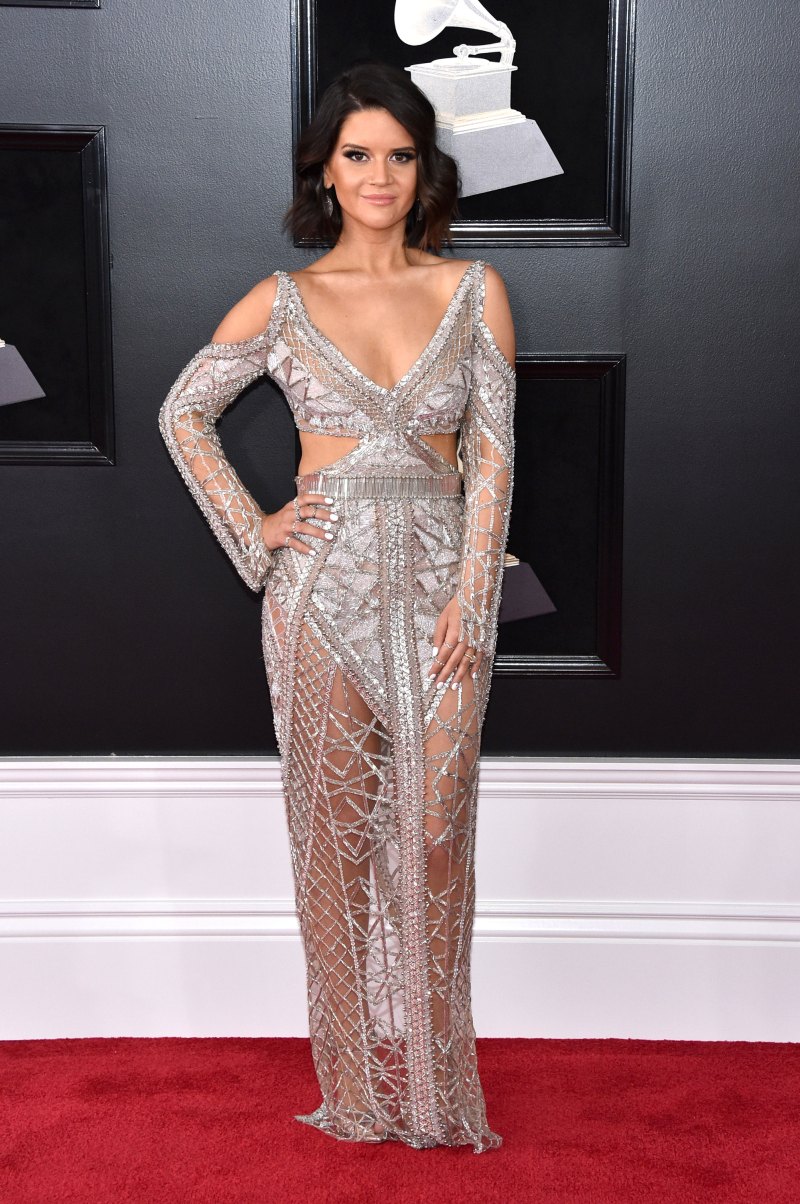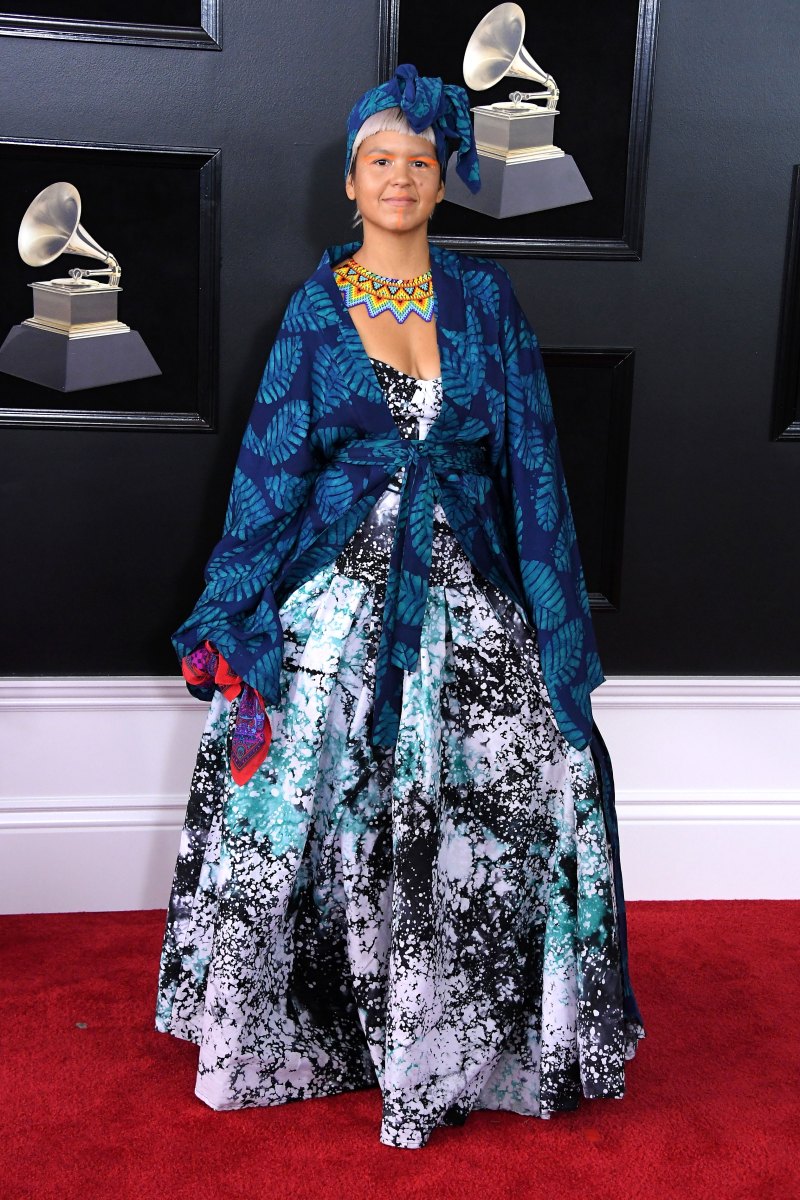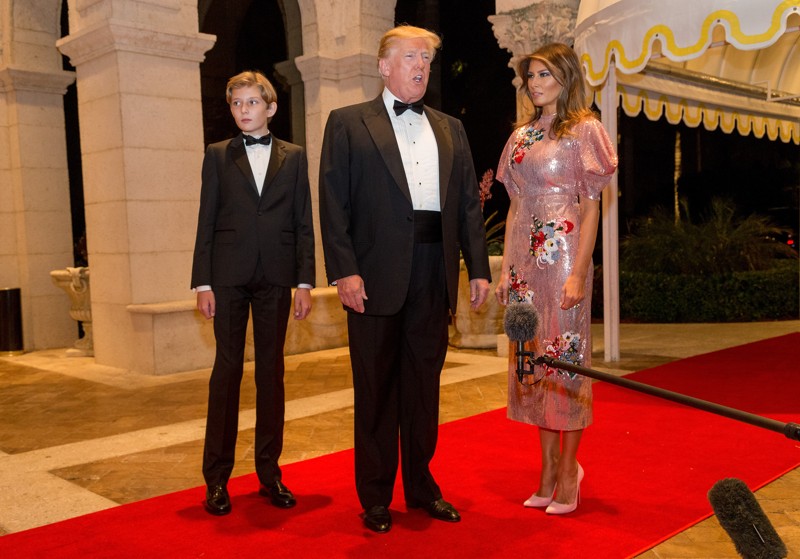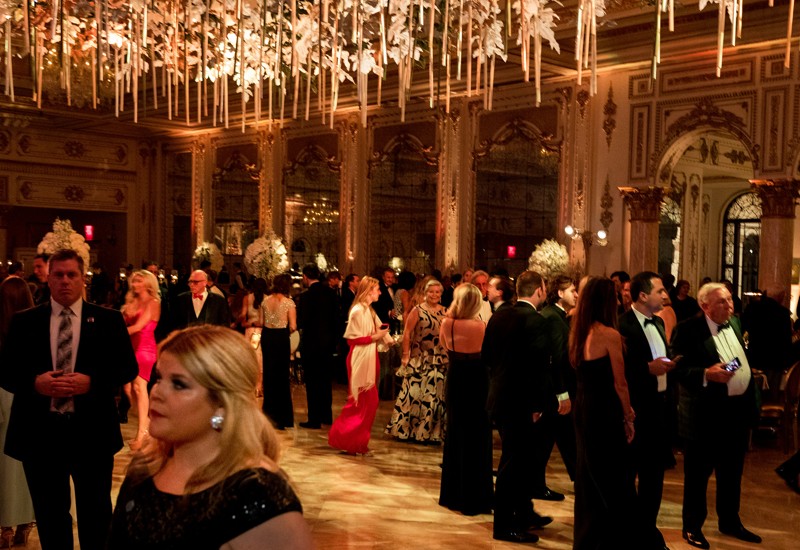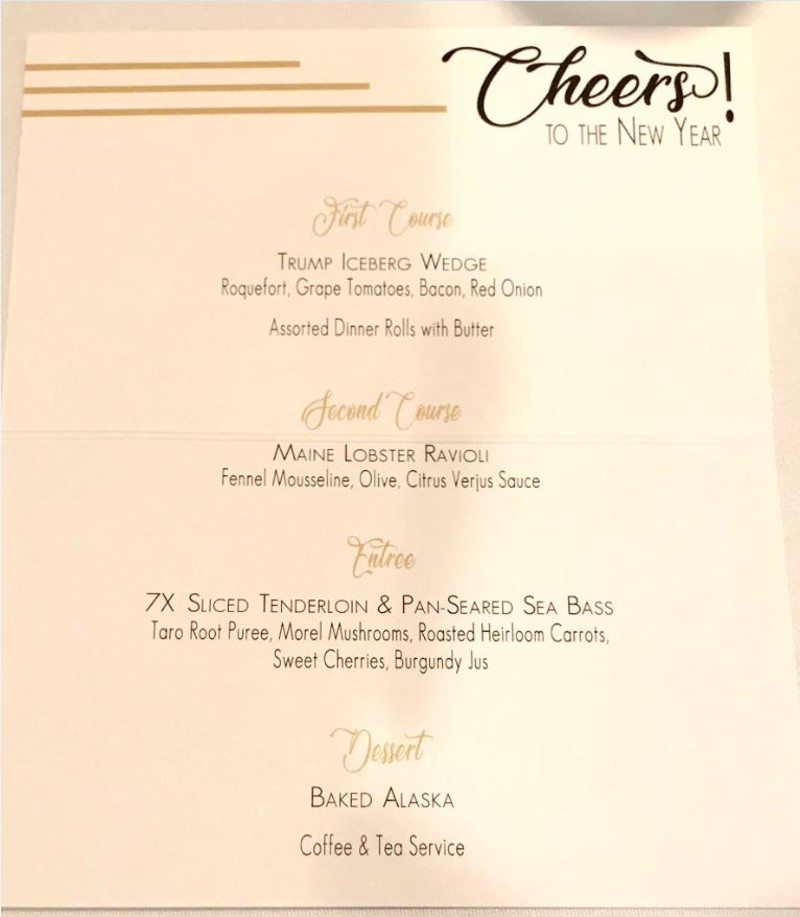
FASHION
People Can’t Keep Calm About This Nail Art That Looks Like A Hand
Content Courtesy of: ndtv.com

“This makes my hand hurt,” says one Instagram user.
There are lots of people who love watching nail art videos on Instagram. However, one particular nail art video is going viral and people seem to have quite a few thoughts about it. This particular video shows nail art that makes someone’s nail look like a perfectly manicured hand. What makes the video bizarre is the fact that it shows the nail hand being completely removed.
The video has been posted on Instagram by @Nail_Sunny, a nail art chain based out of Russia. The video opens by showing the nail hand – complete with perfect nails – on someone’s finger. Then, a technician uses a tool to remove said nail art, one finger at a time. The video makes for a quite a strange watch.
Since being shared on September 20, the video has collected over 200k views. Several people have shared their thoughts on the nail art. While some like the nail art, there are those who aren’t quite happy with it.
“This makes my hand hurt,” says one Instagram user. “My next nail inspo,” says another. “Those nails just made my stomach hurt,” says a third. “Fantastic,” says another comment.
MUSIC
CHINA’S HIP-HOP ANSWER TO “AMERICAN IDOL” IS HUGE — EVEN THOUGH RAP WAS BANNED IN CHINA
Content Courtesy of: news.vice.com
Written by: Dexter Thomas
BEIJING — It might be a few decades late, but hip-hop is huge in China. There’s just one hitch: None of this should be happening.
It’s all thanks to a show called “The Rap of China.” Imagine “American Idol,” except full of rappers, and everyone is Chinese, and you’ll get the general idea.
It’s slick, it’s dramatic, and it’s a bit goofy. It’s also massively popular, pulling in 3 billion views on IQiyi, China’s answer to Netflix. It’s only in its first season, but the show has already launched a few rappers to superstardom.
All this, despite a January order from the Chinese government that banned hip-hop from being shown on TV.
And yet, somehow, “The Rap of China” is still on the air — and in its second season.
VICE News went to a live taping in Beijing to find out how an entertainment company is building a fortune on a genre that wasn’t supposed to be popular — and to see how local rappers are keeping both audiences and censors happy.
ADVERTISING AND BRANDS
People are using your Facebook data to sell you corny T-shirts
Content Courtesy of: news.vice.com
Written by: William Turton
You may have seen an ad like this on your Facebook feed recently: A screen-printed T-shirt that includes personal attributes like your job or the month you were born.
It looks like an ad for a cheesy T-shirt that was designed just for you, but it’s actually an ad for a T-shirt for people with similar Facebook targeting data as you. Designing hyper-specific shirts like these, then using Facebook’s ad targeting tool to target ads to people with those exact attributes is a whole new way to make money online.
Let’s say you’re a mom in Texas who was born in August and has a dog. An advertiser could set up an ad for a shirt that’s tailored for those moms with dogs, and pay Facebook to make sure it’s only shown to those moms.
The shirts are printed on sites like Sunfrog, which provide an easy way to sell tons of customizable cheap shirts. “The power sellers are almost completely automated,” SunFrog CEO Aaron Singler told VICE News. “They use scripts and teams to generate these different designs, and then repeat them across however many names, however many years, how many, however many, you know, animal breeds there are, to kind of throw a really wide net.”
At first, people may have sincerely enjoyed having a shirt that expresses what they share with Facebook, but now the internet has taken notice — there’s an entire subreddit dedicated to making fun of the most cringeworthy examples.
Facebook talks about how it enables small businesses, and they’re right. This is just another way the company has enabled other people to make money off of your data.
Sneaker heads Robin Hood
THIS FAKE SNEAKER KING’S OPERATION MADE MILLIONS ON REDDIT. THEN IT ALL FELL APART.
Written by: Dexter Thomas and Quinton Boudwin

Chan never planned on being a criminal. Like most dealers, the 26-year-old former med student started out as a customer.
One of Chan’s newest products is a near-perfect copy of a recently released, special edition Converse All Star sneaker, designed by fashion luminary and Off-White brand founder Virgil Abloh. Chan’s version costs $80 — which is a great deal, considering that buying a legit pair could cost you $1,500.
Buying or selling fake shoes is illegal. But it’s also a booming industry that was created, ironically, by some sneakerheads’ obsession with authenticity. Chan used to share that obsession — until it got too expensive.
While attending medical school in 2016 in the U.K., Chan found himself lusting for a pair of Adidas NMDs, a lightweight running shoe with streetwear appeal. At retail, the pair costs $170. But they quickly sold out, and resale prices on online auction sites reached up to $800.
“That was some money that I was not willing to spend on shoes that were going to get dirty and kicked about,” Chan told VICE News. “I think it’s kind of a huge waste, so the next best alternative that I can think of was to look into replicas.”
By “replicas,” Chan means, of course, what Adidas would call “counterfeits.”
When most people think of counterfeits, particularly from China, they think low quality — like the luxury bags, watches, and tech gadgets sold on Manhattan’s Canal Street. But the counterfeit sneaker marketplace is a lot more sophisticated than what you’d find in the back of a minivan, thanks to a thriving community of internet-savvy sneakerheads who don’t mind buying fakes.
In recent years, Reddit has emerged as a haven for those dedicated sneaker fans who want legit-looking shoes without the four-figure price tag — particularly the r/Repsneakers (“replica sneakers”) subreddit, a 70,000-strong swarm of sneakerheads who endlessly obsess over the latest batches of high-quality fake sneakers and how to get them. So naturally, Reddit was one of Chan’s first stops in his quest for those NMDs.
Sneaker fanatics like Chan are forced to flock to these underground markets because of the astronomical margins on rare sneakers. Over the last several years, the sneaker game has changed from a hobbyist’s playground into a $92 million hypebeast market, fueled by prospectors who have created a cottage industry dedicated to reselling footwear. When some people look at sneakers, they don’t see footwear anymore. They see boxes of liquid assets.
The Off-White Air Jordan 1s, for example, retailed for $190 and now resale for $1,140. Still want some Air Yeezy 2 Red Octobers? If you didn’t snag them at the $245 retail price, be prepared to drop $7,500 resale.
It’s a lot like bitcoin, which might sound like a silly comparison because you can’t wear bitcoin — until you realize that nobody wears these shoes, either. People hold them until they’re at peak value, dump them on the resale market, snap up another potentially lucrative pair, rinse, and repeat.
So Chan dug into Reddit and various Chinese forums, trying to find a pair of the coveted NMDs. But he kept hitting a wall. Reddit didn’t have any promising leads, and the Chinese forums were confusing. Prices and sneaker quality didn’t line up, and the market had no structure. So he started talking to sellers on the forums, trying to figure out the cause of the disorganization. He wasn’t able to find out much about sellers’ business practices, but one detail did emerge: Every seller he spoke to told him they were based in Putian, China.
“Suddenly, we were getting 500 queries a day from people asking about shoes.”
That made sense. Since the 1980s, both Nike and Adidas have held official factories in Putian. After nearly 40 years, it’s become a center of institutional and technical knowledge on the craft of sneaker-making. All the materials, the machinery, and even the skilled laborers are already there. All someone — say, Chan — would need to do to create a successful replica shoes business would be to simply divert some of those resources into an underground operation.
The more research Chan did, the more it looked like there was an opportunity. “I eventually decided, you know, I have a free summer,” Chan said. “Let’s just come here and find out more about this industry.”
So when classes let out for the summer in 2016, Chan booked a flight. Before long,
he’d forged a partnership with some locals and sketched out a business plan.
“We sort of established a partnership and decided, you know, hey, this could potentially be good business,” he said. “So I’ll do the selling, and he’s local, he will focus on the logistic aspects of selling shoes — you know, packing, shipping them, sending them out to the rest of the world.”
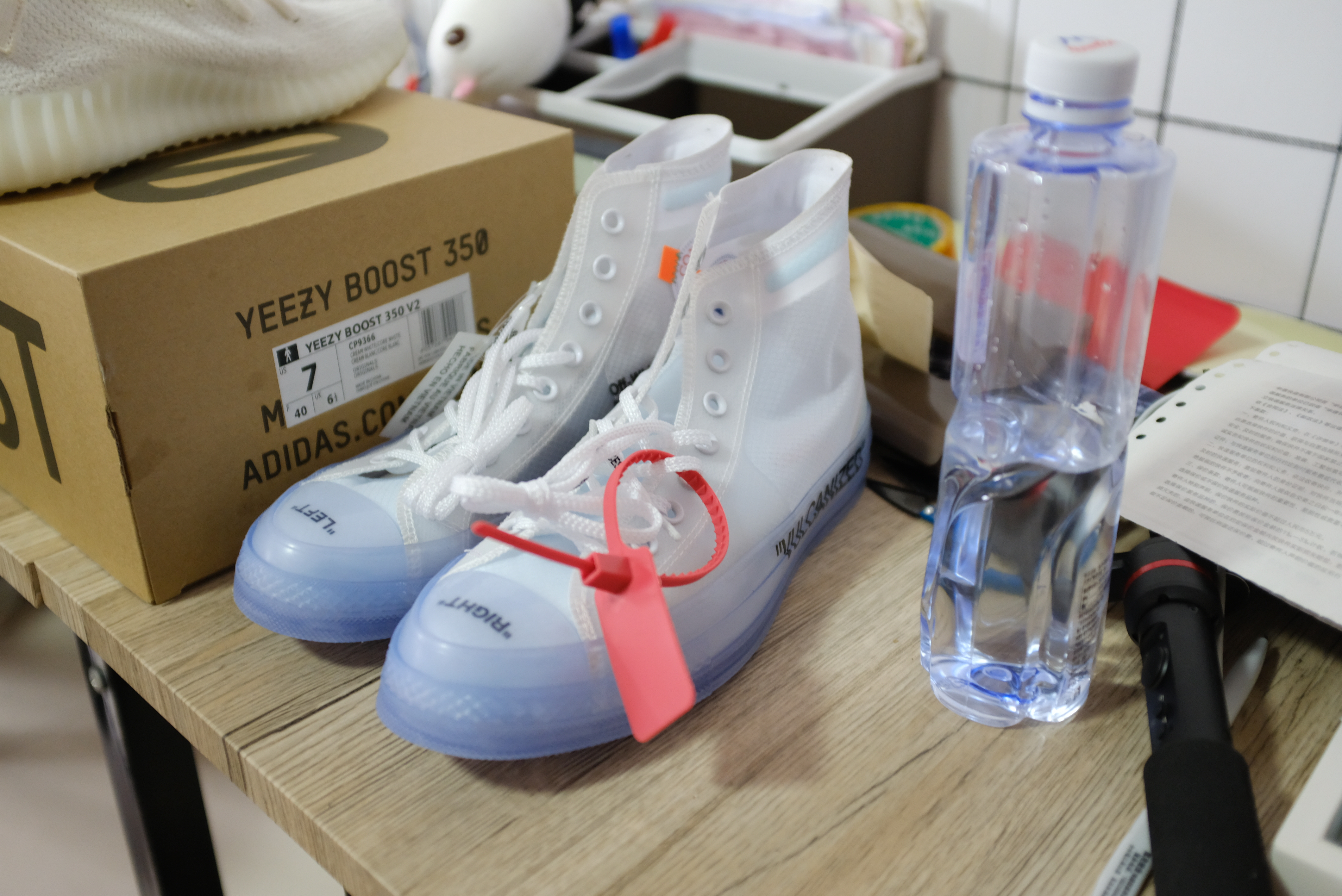
Chan returned to school that fall with a plan. He’d go to where his customers were — on Reddit — and try selling directly to them, via Reddit forums.
Unlike the shoe reseller market, which is inherently secretive and full of people trying to one-up each other for profit, Reddit’s r/Repsneakers subreddit is generally democratic and encouraging. Fellow sneakerheads genuinely want to help each other “buy from a weird-ass Chinese website and get shit for the low,” as one member of the community put it.
But r/Repsneakers is also a confusing sea of insider lingo. Phrases like “legit check” (confirming that a seller is legit), “QC” (quality check on shoes), “1:1 succ” (successfully obtaining or passing off fake shoes as the real thing), and the dozens of cryptic inside jokes would be off-putting, even to a native speaker of English, and nearly impenetrable for a Chinese businessperson with limited command of the language.
So as a speaker of Chinese, English, and sneakerhead lingo, Chan figured he had a unique opportunity: He could serve as the middleman between hungry reddithypebeasts and the bewildered Chinese factory bosses who make the replica sneakers.
After all, it’s a sketchy proposition from the get-go, because the entire operation is illegal. If anything goes wrong, neither buyers nor sellers have any recourse. That made the market ripe for a savvy intermediary.
So Chan made a post on the r/Repsneakers subreddit to test the waters. “I’m bilingual,” read the headline of his first post. “What would you say if I could get you cheaper reps?”
The responses were immediate. Dozens of sneakerheads flooded the comments, and users begged Chan to make good on his promise. “496 votes?!” one poster said, noting how many upvotes Chan’s post had gotten. “Do the Math. That’s like $10K easy money. Get it cracking OP.”
Satisfied that there was a viable market, Chan set up his own subreddit, r/chanzhfsneakers. While most subreddits focus on a hobby or interest, this one was wholly dedicated to funneling potential buyers to Chan’s business — and it was more popular than he ever imagined.
“We just posted our Skype username, and people started adding us on Skype and asking us, ‘Hey, I’d like to buy some replica sneakers,’” Chain said. “Suddenly, we were getting 500 queries a day from people asking about shoes.”
Eventually, Chan created a wait list for potential buyers to put in their orders via Skype. Once a customer reached the top of the wait list, they would tell Chan what shoe they wanted to buy, the size they wanted, and make payment via bitcoin or money transfer app.
Then, Chan would send out orders to the factory. Once the shoes were ready, someone from his team of couriers would pick up the orders from the factories and deliver them to shipping agents, who would then send the shoes to the customers.
After six months of operating, the business had attracted over 10,000 sneakerheads from all over the world, according to Chan.
At one point, Chan said, 3,000 people were on the wait list to order. He had to hire a handful of employees just to handle calls. R/chanzhfsneakers was offering high-quality Yeezys and Jordans at reasonable prices — $90 per pair on average, plus $30 shipping. But more importantly, his customer service was much better than the average bootlegger. Although his customer base was mostly “whiny and fanatical kids” from the U.S., as he put it, Chan knew how to keep them happy. He took high-quality photos of his fakes to reassure potential customers of their pairs and responded quickly to questions. Margins were modest, at about $15-20 per pair.
But the volume more than made up for the slim margins. At his peak, from mid-2016 to the end of 2017, Chan said he was regularly selling up to 120 pairs on a good day and 30 pairs a day on average. In 18 months, his operation made around $2 million in revenue. Factoring in costs, Chan estimates that his team earned around $500,000 in net profits, and around $20,000 of that went straight to his pocket. But there were several unexpected overhead costs to cover, and he insists he was operating on a loss.
Still, business was booming — until Chan tried to expand too far. Seeing that his customers were hungry for a particular pair of Adidas Ultraboosts, he invested tens of thousands of dollars into creating a copy version. This would be no small feat: German company Badische Anilin & Soda-Fabrik provided the “boost” materials in the shoes, and Continental Tire made the rubber soles. Both of those materials would have to be sourced somehow, and then Chan would have to find a factory able to replicate the complicated design of the shoe.
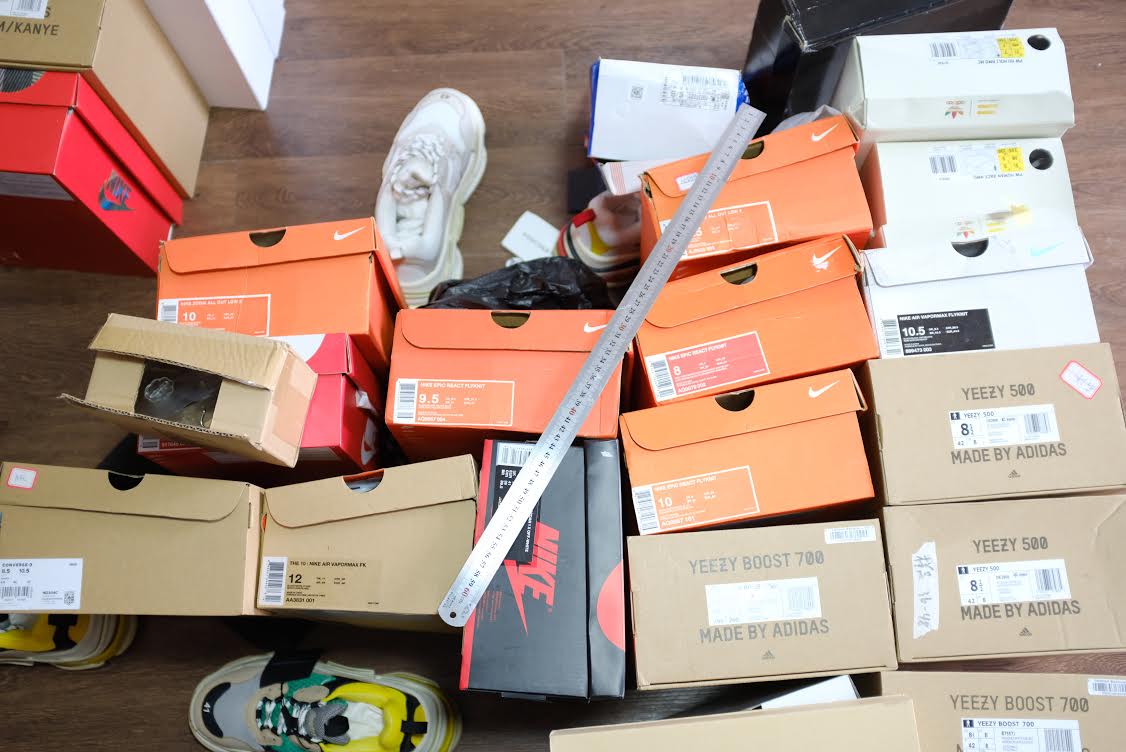
In October 2017, after a year of work, Chan had created what he thought would be a popular new cash cow. He’d sourced the necessary materials. He was pleased with the quality of the stitching, and the colors were nearly indistinguishable from the original. Everything looked great, and his customers seemed excited to buy. He started taking orders and began to ship the shoes out.
Then, one customer complained. The holes on the mesh were too big, they said. The shape of the shoe was different from the original. The color was off.
Chan tried to reassure them that these were the best-quality replicas possible. But the customer insisted that the shoes were terrible — and then posted about it on Reddit. This public complaint set off a chain reaction. Other customers started complaining too, and soon Chan’s employees were inundated with so many refund requests that they couldn’t keep up. That made his customers even more angry; they were used to prompt responses.
Six months later, Chan posted an open letter on his subreddit, claiming that both the factories and customers were being difficult and unreasonable. He was stuck in the middle, he lamented, with $80,000 worth of “bricks.”
“The backlash following the cream chalk Ultraboost took every one of us by surprise,” the post read. “We did not expect such a volatile response after all of the work that we have put in.”
But the community had little sympathy. Just as quickly as its members had crowned Chan the r/repsneakers savior, they branded him as a greedy scammer. Business slowed to a trickle.
Chan was unlucky, or lucky, depending on how you look at it. Instead of a failed product and fickle customers tanking his business, he could have been a target of a police raid, which is fairly common in Putian. But those crackdowns generally happen only to big-time operations, after months of monitoring. And both government officials and counterfeiters know that raids are an infinitely repeating game of whack-a-mole. Even if Chan were to be arrested, another Chan, or 10 more, would appear.
But Chan hasn’t stopped selling shoes. (He still has those Converses if you want them.)
His latest product isn’t a sneaker, though. It’s a suitcase, copied from this year’s Rimowa and Supreme collaboration: basically, the same suitcase Rimowa’s been selling for years, just wrapped in a giant Supreme logo. The original went for $1,600 retail and sold out in 16 seconds. It now goes for over $4,000 on the resale market.
Chan figures suitcases are a safer market. The margins are better, and luggage is a lot easier to replicate.
Still, mistakes happen. Sitting near the entrance of Chan’s office is a reject from when he was still prototyping the suitcases. It’s almost perfect, except for the color of the Supreme logo. The original is bright silver; this one looks more white. A true hypebeast wouldn’t be caught dead using it, for fear of being “called out” as a poser. But after two years of dealing with fanatically paranoid customers, Chan has lost his taste for that drama in his personal life.
“Calling out doesn’t matter,” he shrugged, nudging the suitcase. “People’s opinion doesn’t really matter to me. I’ll most definitely just use this.”
ART
Everything we know about SpaceX’s first moon passenger, Yusaku Maezawa
Content Courtesy of: mashable.com
Written by: Johnny Lieu
/https%3A%2F%2Fblueprint-api-production.s3.amazonaws.com%2Fuploads%2Fcard%2Fimage%2F847515%2Ffe6065f9-ea30-44c2-a9cc-bbd4c6a3cb8e.jpg)
SpaceX revealed the first passenger its signed up to fly to the moon on Monday for one very expensive art project.
The Elon Musk-founded company will send 42-year-old Japanese billionaire Yusaku Maezawa into deep space, but he doesn’t want to take the trip all on his own. The entrepreneur hopes to bring along “six to eight artists” who will capture the experience on a four to five day mission in 2023.
If all goes according to plan, Maezawa will be the first non-American to orbit the moon.
Here’s what we know about him and his larger-than-life lunar ambitions:
Who is Yusaku Maezawa?
A skateboarder and former drummer in a hardcore band called Switch Style, Maezawa is now the 18th richest person in Japan with a net worth of $2.9 billion according to Forbes.
He is the founder of Start Today, a mail-order CD and record business he founded in 1998, which expanded into the online fashion business with Zozotown in 2004. Last year, the site boasted 7.2 million customers.
Hanging out with @yousuck2020 before the @SpaceX moon mission announcement pic.twitter.com/RTOwutzMtG
— Elon Musk (@elonmusk) September 18, 2018
Maezawa is not shy when it comes to spending his riches, as evidenced when he made headlines for shelling out a record $110.5 million for Jean-Michel Basquiat’s 1982 painting of a skull last year. At another auction in 2016, he spent $81 million in one night.
His love for Basquiat was something he echoed in the press conference, when he wore a t-shirt featuring a painting by the artist, and also spoke of his work. Basquiat died in 1988.
“One day, when I was staring at his painting, I thought, what if Basquiat had gone to space, and had seen the moon up close, or saw Earth in full view. What wonderful masterpiece could he have created?” he said.
Why does he want to go to the moon?
Maezawa said his interest in the moon started as a child.
“Ever since I was a kid, I have loved the moon,” he said. “Just staring at the moon filled my imagination. It’s always there and has always continued to inspire humanity.”
But he doesn’t want to go alone either. He’s taking along artists representing Earth who will contribute to a project called #DearMoon
— Elon Musk (@elonmusk) September 18, 2018
He will first reach out to artists that he loves to see if they’d like to go, but it’ll be open to painters, sculptors, film directors, architects, fashion designers, and others.
“I love art. And I’m very much looking forward to seeing what different artists getting together could bring to life,” he said.
According to the project schedule on DearMoon’s website, selection of the artists will begin this year, with training and preparation to take place before planned liftoff in 2023.
“He is the bravest person and the most willing to do so, and he was the best adventurer I think,” Musk said of Maezawa.
“He stepped forward to do it. To be clear, we are honored that he would choose us. This is not us choosing him… He is a very brave person to do this.”

Maezawa has made a down payment on the trip, but declined to reveal how much he spent in total.
Musk said the money spent on the trip will help to fund the BFR’s development, with the goal of one day opening up space travel to the average person.
The artists would be travelling for free, and an exhibition will take place on Earth sometime after the trip finishes.
As for Musk, he’s not sure when he’ll go to space, even though Maezawa extended the invitation to him.
MARKETING AND PROMO
Photoshop used to promote New York park
Content Courtesy of: nytimes.com
Written by: Tom Gerken

Did they really think no one would notice?
New York Governor Andrew Cuomo has released a series of pictures imagining what the upcoming Shirley Chisholm State Park will look like.
Before Hillary Clinton, there was Shirley Chisholm
The images have been mocked online for their jarring combinations of computer-generated backdrops and real people, but one particular portrayal has caught the attention of football fans on social media.
It features a waterfront, a bridge, and Derby County manager Frank Lampard on a jog.
It did not take long for people to notice the former England and Chelsea midfielder clad in his old training kit for New York City FC.
Frank Lampard: New York City midfielder leaving MLS side
The original photo of Lampard was taken in 2015, when he was on a jog in New York’s Central Park accompanied by a trainer, during his spell playing in the city.
The image used by Governor Cuomo’s website has been flipped, causing the New York City FC crest appear on the opposite side of the shirt.
Arielle Castillo, who worked for Major League Soccer when Lampard played for the Pigeons, was one of the first to point out the surprise appearance.
The jokes came quickly as people online highlighted the “really bad” editing of the images.
One Twitter user labelled the person responsible for the manipulations “my new hero”, while another wondered why Governor Cuomo did not employ more talented staff.
A “photoshop” is a common term to refer to an edited image, named after the eponymous computer software by Adobe.
A poor-quality photoshop can often easily be spotted when part of an image appears out of place, often because of differences in lighting, shadows and image quality.
But some people found another reason to cast aspersions on the legitimacy of this image – joking that Lampard was not known for moving quickly during his time in New York.
Lampard may be one of the most high-profile players to have played for New York City FC, but some on Twitter remain uncertain why he has been used in promotion of the state’s public spaces.
The BBC has contacted Governor Cuomo’s office for comment.
However, Lampard is not the first public figure to have their image appropriated.
In December 2016, US broadcaster NBC used an image of Ed Miliband, former leader of the UK Labour Party, blowing his nose to illustrate a news story about flu.
In August 2017, news website Vox published a story about US healthcare, using an image of Scottish First Minister Nicola Sturgeon during a visit to a Glasgow laboratory.
And in 2014, a BBC article about male obesity featured an image of a man’s waistline, which turned out to be of then-Schools Secretary Ed Balls from 2008.
FOOD
Domino’s Pizza tattoos earn some Russians ‘free pizza for life’
Content Courtesy of: www.bbc.com
Written by: Tom Gerken, BBC UGC & Social News And Katherine Zeveleva, BBC Monitoring
That was the deal offered to people in Russia last week when Domino’s Pizza in Russia began their “Domino’s Forever” campaign on social media offering “free pizza for your whole life”.
The catch? To earn their crusts, people had to get a permanent tattoo of the Domino’s logo “on a visible spot” of their bodies.

The post says people who get tattoos will be given a certificate offering a maximum of 100 free pizzas, per year, for a century – a possible 10,000 pizzas.
But to get that many free meals you would have to live well beyond the average Russian life expectancy.
Russia’s Putin embraces higher pension age but softens blow.
Nevertheless Russian social media was soon awash with hundreds of people looking to take advantage of the deal.
Many of the posts were fairly self-aware, with people considering themselves captive to the offer of free meals.
After hundreds of posts appeared across Instagram, Facebook and Russian-language social media platform VKontakte, Domino’s was forced to impose strict rules upon entries.
The pizza chain clarified only “the first 350 people” to post such pictures on social media would receive the free meals, and warned that while the tattoo can be any colour, it must be at least 2cm (0.79 inches) in length.
Furthermore, it released an image clarifying the “visible parts of the body” where people were allowed to have the tattoo.

Despite the change in rules the pictures kept on coming, with people sharing snaps of tattoos on arms, tattoos on legs, and even tattoos on thumbs.
With the entries coming so quickly, Domino’s was forced to bring the competition to a halt as they quickly hit their 350-participant threshold.

“Friends, we already have 350 participants!” Domino’s wrote on its Facebook page.
“We are not receiving any new tattoos!
“If you are at a tattoo artist’s and getting tattoos, we will include you in the list of participants. But we are waiting for pictures before 12:00 today.
“For those [getting tattoos] later, we recommend cancelling the appointment, because unfortunately we will not be able to include you.”
But by this point, the warnings did not stop the tattoos.
On Instagram alone, there have been over 80 additional applications using the campaign hashtag since the promotion officially closed, with more on Facebook and VKontakte.
That may not seem like much, but can you imagine getting this tattoo and not receiving the free pizza?
Fortunately for these late entrants it seems Domino’s feels the same way, as the company continued to reply to posts.
Domino’s responded to John Adamovsky – who posted his tattoo after Domino’s stopped the offer – to let him know that they would contact him privately to arrange his prize.
Was it worth it?
Instagram user Ekaterina Lunina certainly seems to be getting her money’s worth, as she has already cashed in on the deal twice, letting her followers know her free pizza certificate is getting used.
And just in case you were wondering what these pizza certificates look like, one couple were kind enough to share a snap of their pizza passes with the BBC.

More on that note…
Mustard pizza trend has Twitter divided
Content Courtesy of: www.foxnews.com
Written by: By Lily Rose

A New York City pizzeria is setting the internet ablaze with its mustard pizza. The Detroit-style eatery uses mustard instead of tomato sauce on one of their pizzas, and tops the creation with corned beef, sauerkraut, and cheese. Naturally, the internet is wildly upset and mildly curious. Pizza toppings are already a polarizing subject. If you thought Twitter was divided by pineapple on pizza, you won’t believe what they have to say about mustard instead of marinara.
Lions & Tigers & Squares’ mustard pizza looks like Detroit-style pizza in that it’s square-shaped, made with brick cheese, and has a thick crust. But unlike Detroit pizza, it’s topped with what you might order on rye bread at a deli, and the internet is not having it. Lions & Tigers & Squares partners told Food Insider via Twitter that it’s a Trenton, New Jersey, thing… but most of the internet doesn’t feel like it deserves to be a thing at all.
“To all yall that complain about pineapples on pizza, THIS pizza with mustard on it is what yall should be disgusted with instead,” wrote @Forevernewbrand.
“But like, what has regular pizza sauce ever done to you?” said @Madseatstho
“naa this aint it chief” agreed @Ameerahuwu
“This is why the aliens won’t visit us,” wrote Jakita.
“This is not a pizza. This is some type of sub, disguised as a pizza. It likely doesn’t taste bad if you somehow like sauerkraut. It’s just “disgusting” because your mind expects “pizza” but that’s clearly not a pizza,” Gabriel Insana explained. But some people, who are calling themselves the “NJ Mustard Mafia,” think the pizza creation looks absolutely delicious.
All we want to know is, do people actually agree that mustard pizza is one of the best foods out of New Jersey? Or is it just one of the dumbest food trends of the year?
CAUSES
Hate selfies but still take them? You’re not alone — here’s why.
Content Courtesy of: mashable.com
Written by: Rachel Kraus
/https%3A%2F%2Fblueprint-api-production.s3.amazonaws.com%2Fuploads%2Fcard%2Fimage%2F850345%2F976e6f37-4a26-4d19-9917-ba5a99bd5c9f.jpg)
Americans have a love-hate relationship with selfies.
A new survey from the research company YouGov shows that over 63 percent of Americans say they take selfies. But that doesn’t mean America is all aboard the selfie train.
While most Americans may take selfies, the majority of selfie-takers also associate at least one negative trait like “annoying” or “narcissistic” with the ubiquitous photos, according to the survey.
Sheesh, what’s with all the self-loathing, America? We really need to spend more time looking into the mirror on that one!
But the discrepancy between how people feel about selfies, and the fact that people still take selfies, might not have much to do with self-loathing, and everything to do with a blind spot we only reserve for ourselves.
Selfies are ubiquitous and therefore both parts coveted and stressful, which might account for people’s conflicted feelings about them. We also may judge others for taking selfies, and find other peoples’ self-centered photo habits annoying. But when we ourselves take selfies, we can explain — and therefore justify — our behavior, so that we don’t think of it as narcissistic.
“We’re easier on ourselves than we are on other people,” Jesse Fox, an Ohio State communications professor who has studied the relationship between selfies and narcissism, said.
To understand people’s relationship with selfies, YouGov used its “nationally representative” Omnibus panel of 2 million Americans. Overall, it found that Americans’ relationship with selfies are… complicated.
Nearly two thirds of Americans (63 percent) say they take selfies. 14 percent snap selfies “somewhat often” and 8 percent copped to taking the photos “very often.”
But we apparently feel ambivalent at best about our selfie habit. When asked for clarification about how people’s perceptions of selfies correlated with how many people take selfies, YouGov told Mashable that 52 percent of selfie takers selected at least one negative description. Among those who take selfies somewhat or very often, 35 percent associate the pics with a negative trait.
Survey respondents could pick more than one trait, and sometimes they did pick both negative and positive traits. Here’s a breakdown:

One explanation for this apparently conflicted attitude is that selfies are just so ubiquitous at this point, that people feel like they have to take them — whether they want to or not.
“Everyone’s different, but some patients obsess over what they look like on their phones,” Dr. Boris Paskhover says. “People care about how the world perceives them. And Snapchat, Instagram, and Facebook are how the world sees you now.”
Dr. Pashkover is an assistant professor at Rutgers New Jersey Medical School’s Department of Otolaryngology who specializes in facial plastic and reconstructive surgery. He has published in the Journal of the American Medical Association (JAMA): Facial Plastic Surgeryabout how selfies were impacting the way his patients saw themselves, and what procedures they were asking for.
Dr. Pashkover said his patients seem to have a love-hate relationship with selfies: the photos can make them feel bad about themselves, but they’re also a source of pleasure
“They love selfies,” Dr. Pashkover said. “No matter how many times you tell them it’s distorted, people still love them.”
Dr. Fox has a different take. She thinks that people can both take selfies, and hold negative opinions about them, because of a little thing called “self-serving bias.”
“Generally, people have a self-serving bias,” Dr. Fox said. “That’s one of the reasons we may do a behavior, and we’ll excuse our own behavior, but hold it against someone else.”
Self-serving bias works like this: if we see a selfie in our news feeds taken by an acquaintance, we might think that it’s narcissistic.
“Any time people tend to draw attention to themselves, in a lot of cultures that’s perceived negatively,” Dr. Fox said. “If you’re talking about yourself all the time, people think that’s narcissistic.”
So selfies should be inherently narcissistic, right? Not when they’re our own selfies.
When we ourselves take selfies, we know the circumstances of the photo. Dr. Fox said that the ability to contextualize and understand why someone does something is crucial to not judging and accepting it. So, because we always know the justifications behind a selfie we ourselves take, but almost never know the reasoning of someone else, we view our own behavior as more justifiable than others. In other words, Dr. Fox thinks that people tend to levy the anti-selfie judgment on others, but are forgiving and understanding of our own selfie habits.
Guess we need to spend a little more time reflecting, after all.
Meghan Markle and her mother gather to launch book of recipes with a difference
/https%3A%2F%2Fblueprint-api-production.s3.amazonaws.com%2Fuploads%2Fcard%2Fimage%2F849356%2Fc6aace3e-5e9c-4d4b-8aa9-30bd74d43292.jpg)
It was a day of celebration for the women of the Hubb Community Kitchen who rallied together to feed people affected by the Grenfell Tower disaster.
On Sept. 20 a cookbook was published in support of the kitchen, featuring recipes from the volunteers feeding the survivors of the fire, which left 71 people dead.
Theirs was a story of a community in mourning that pooled their time, resources, and knowledge to feed the survivors.
These stories are now being told through a cookbook which comprises family recipes written by the women of the Hubb Community Kitchen.
“It is a place for women to laugh, grieve, cry, and cook together.”
The idea for the charity cookbook came from the Duchess of Sussex, aka Meghan Markle, during a visit to the kitchen. Markle also penned the book’s foreword, in which she discussed the importance of the kitchen to the Grenfell community.
“I immediately felt connected to this community kitchen; it is a place for women to laugh, grieve, cry, and cook together,” writes Markle in the book.
The proceeds of the cookbook will go towards supporting the kitchen — which is only open two days a week due to a lack funding — and will keep it open seven days a week.
Megan Markle hosted a celebration at Kensington Palace for the members of the Hubb Community Kitchen and the contributors to the cookbook. The Duchess was also joined by her mother Doria Ragland and her husband Prince Harry.

In a speech, Markle talked about the significance of the cookbook.
“The power of food is more than just the meal itself — it is the story behind it,” And when you get to know the story of the recipe, you get to know the person behind it,” she said.
“To the women of the Hubb Community Kitchen, thank you so much for allowing me to be part of this adventure with you. I am so privileged to know you,” she added.


















